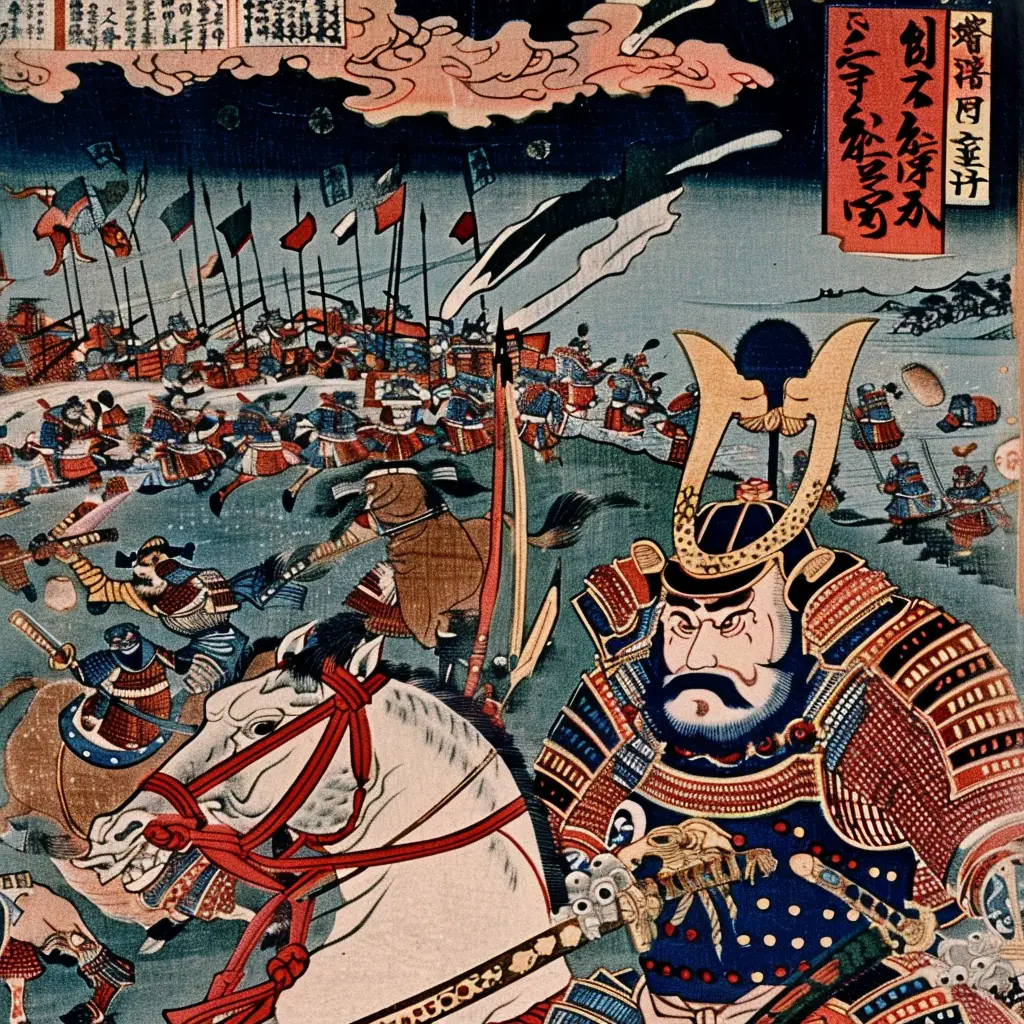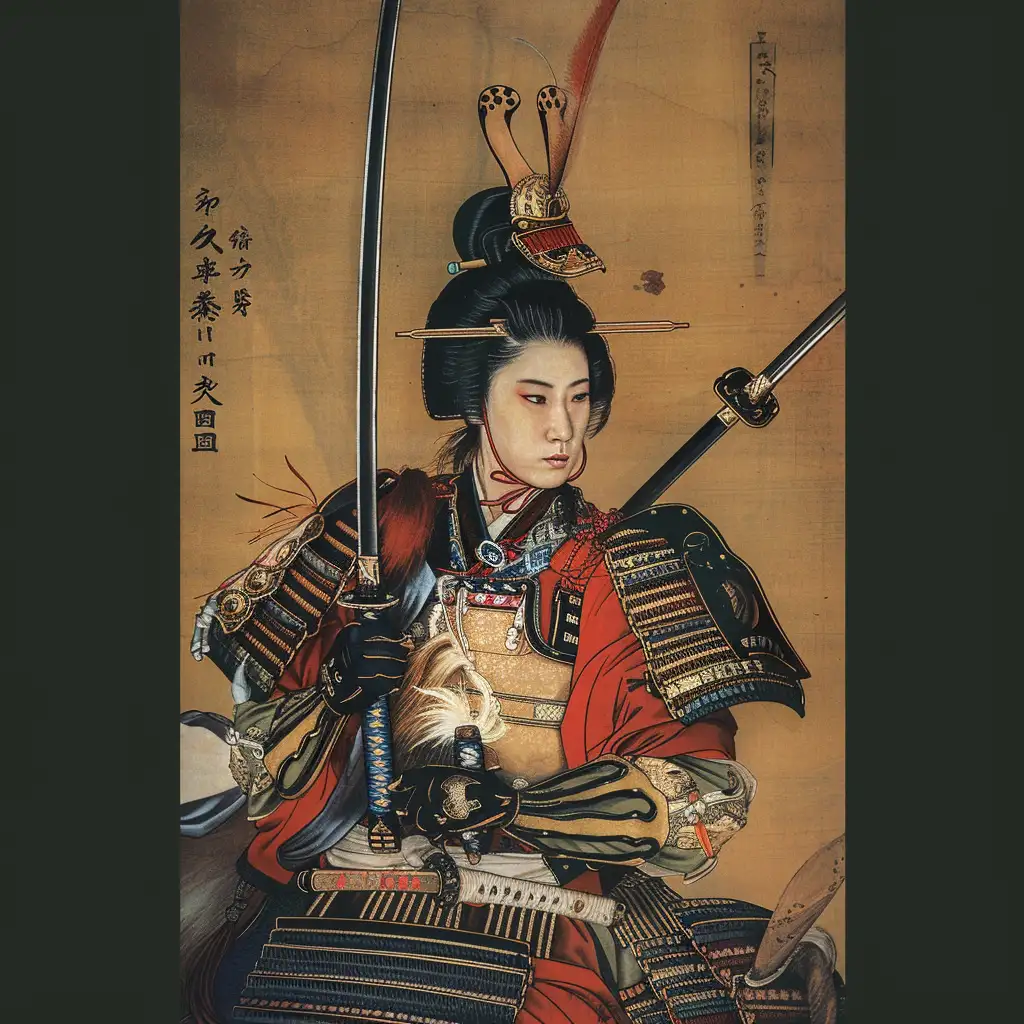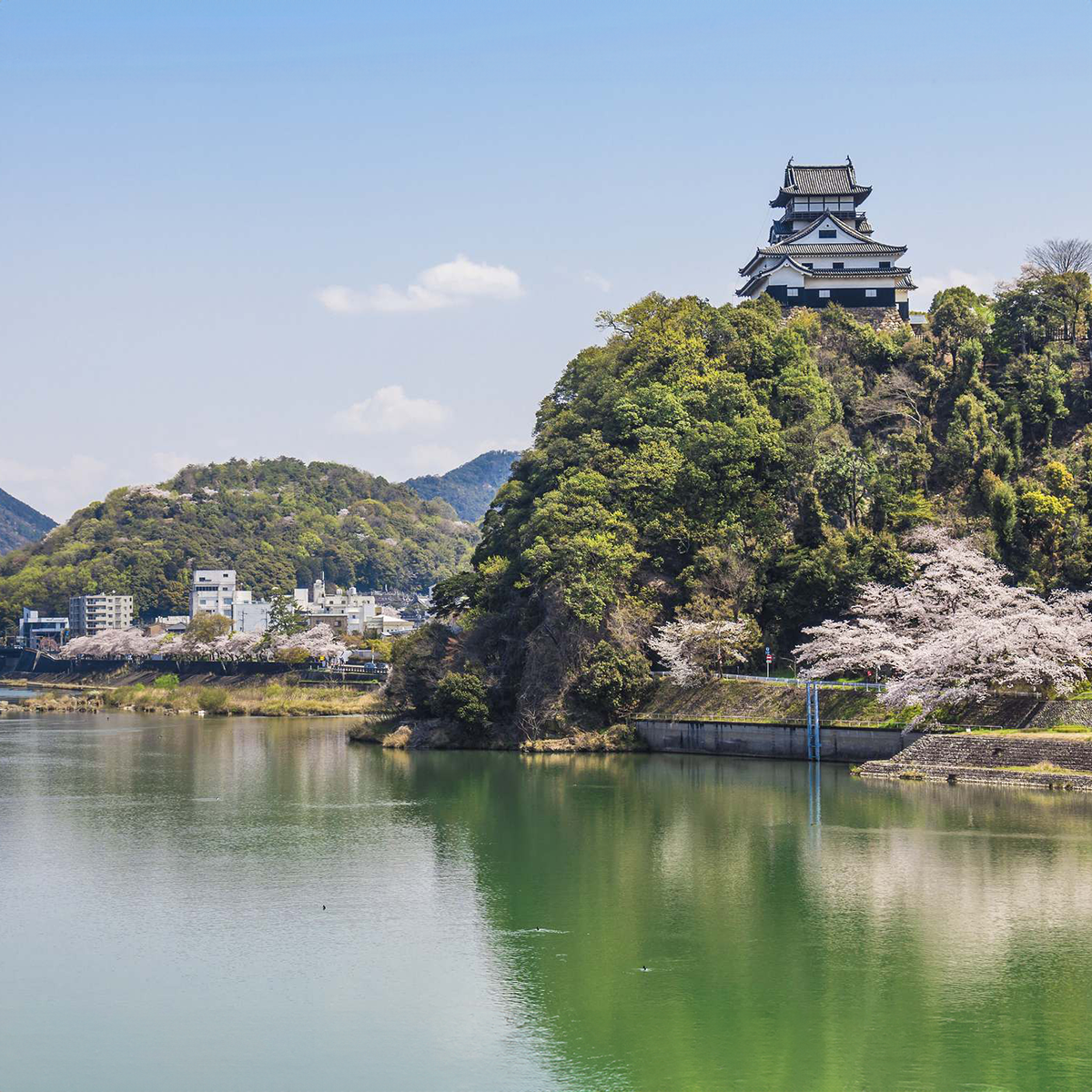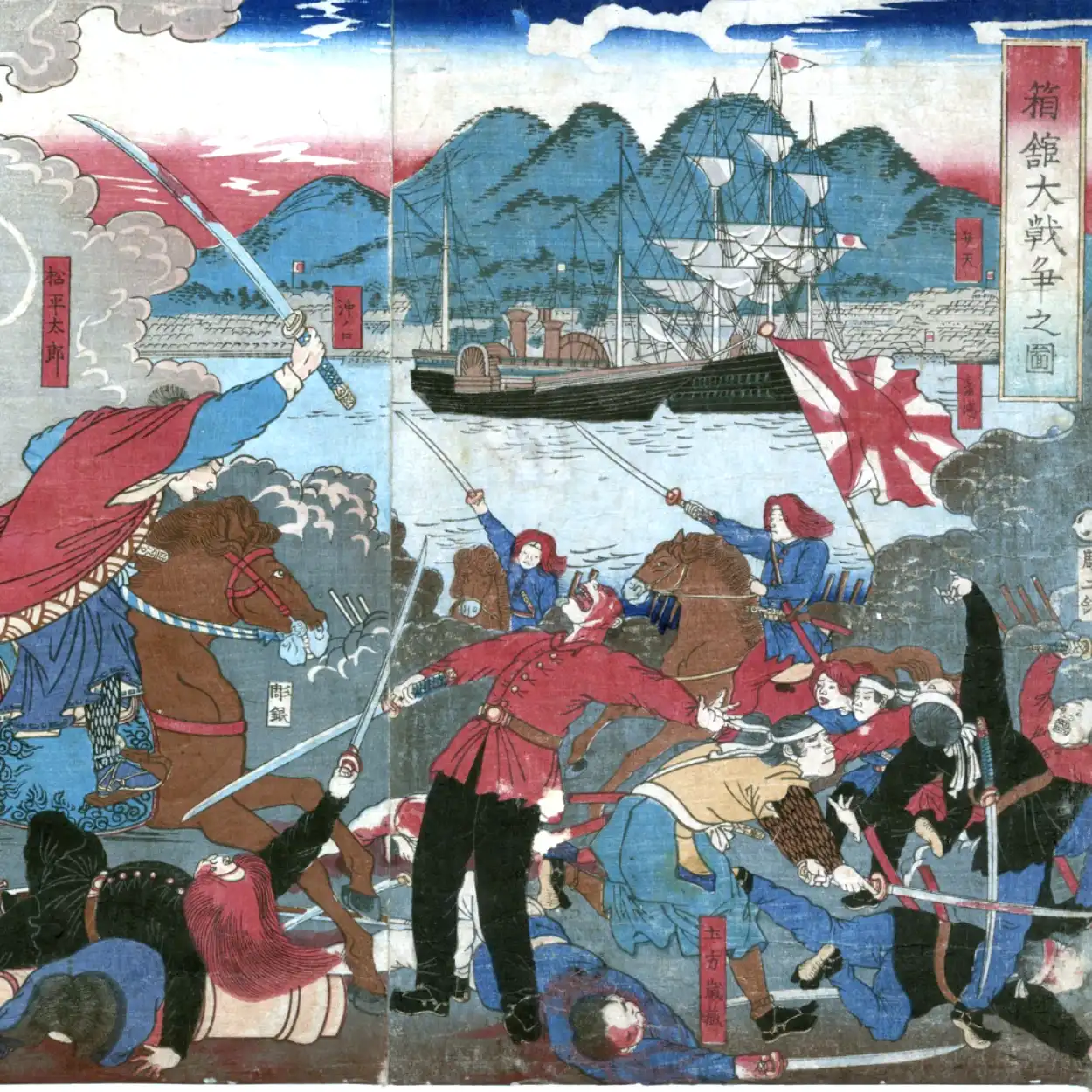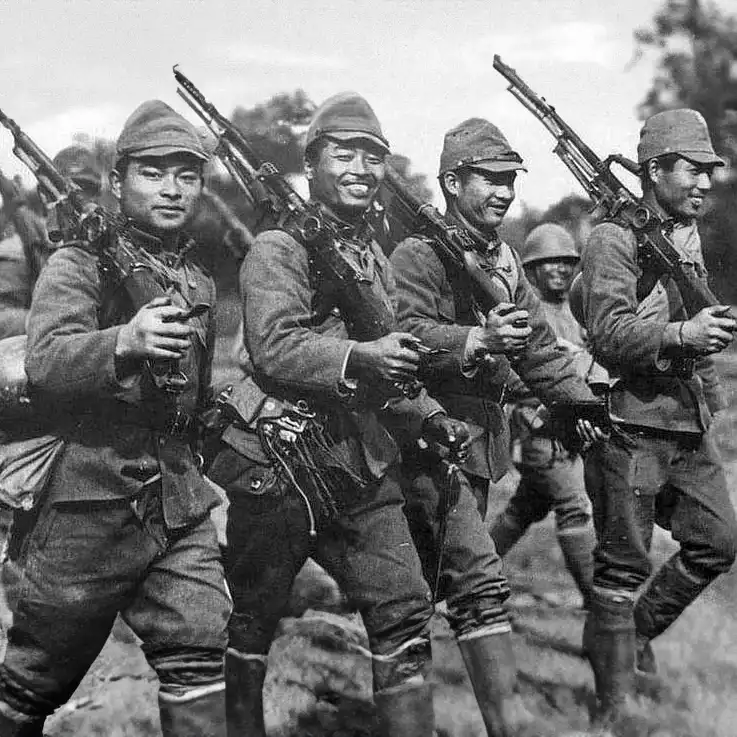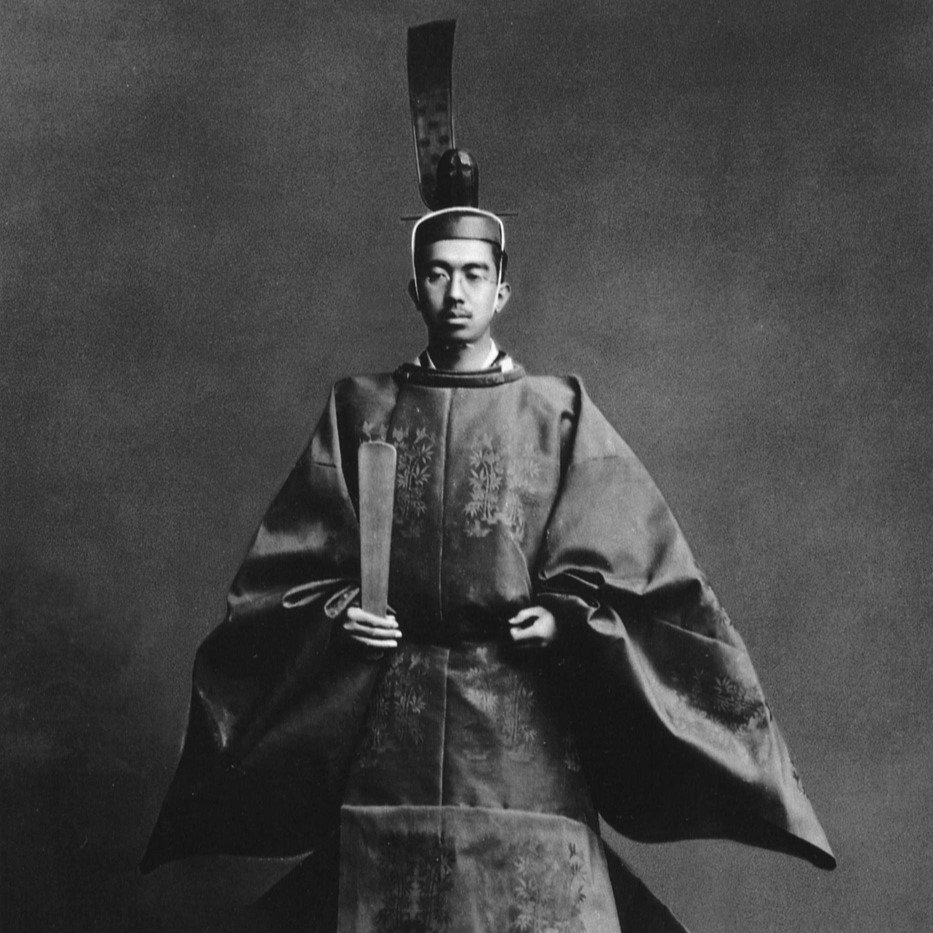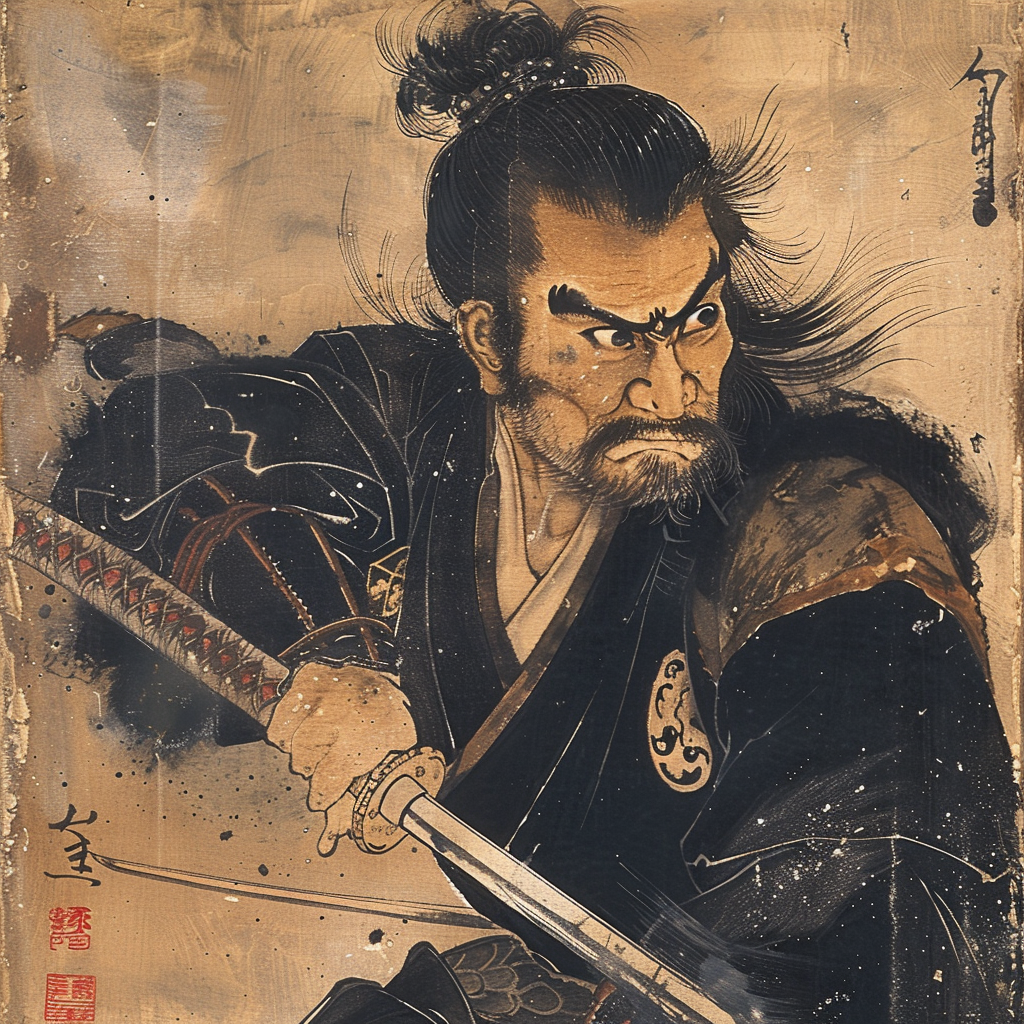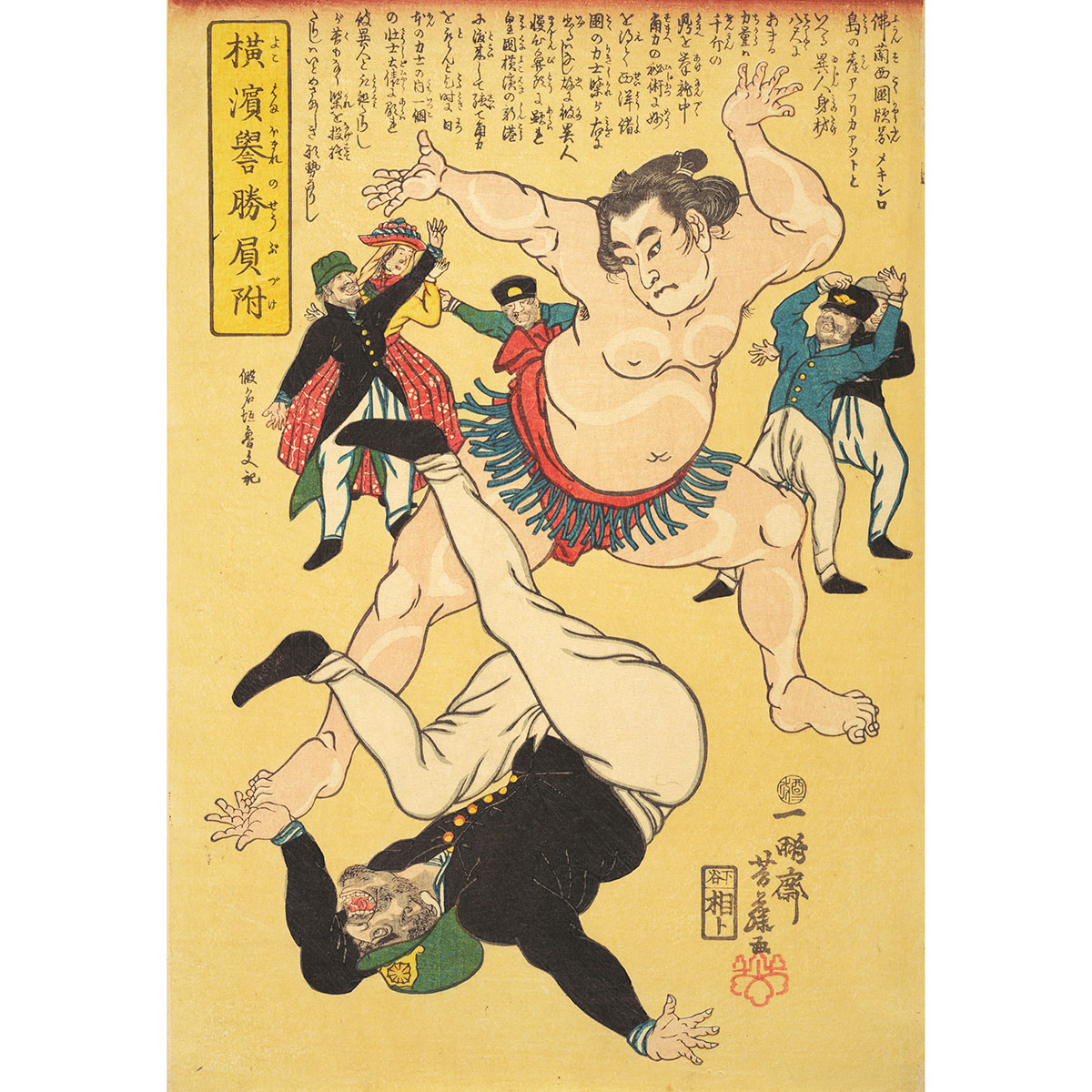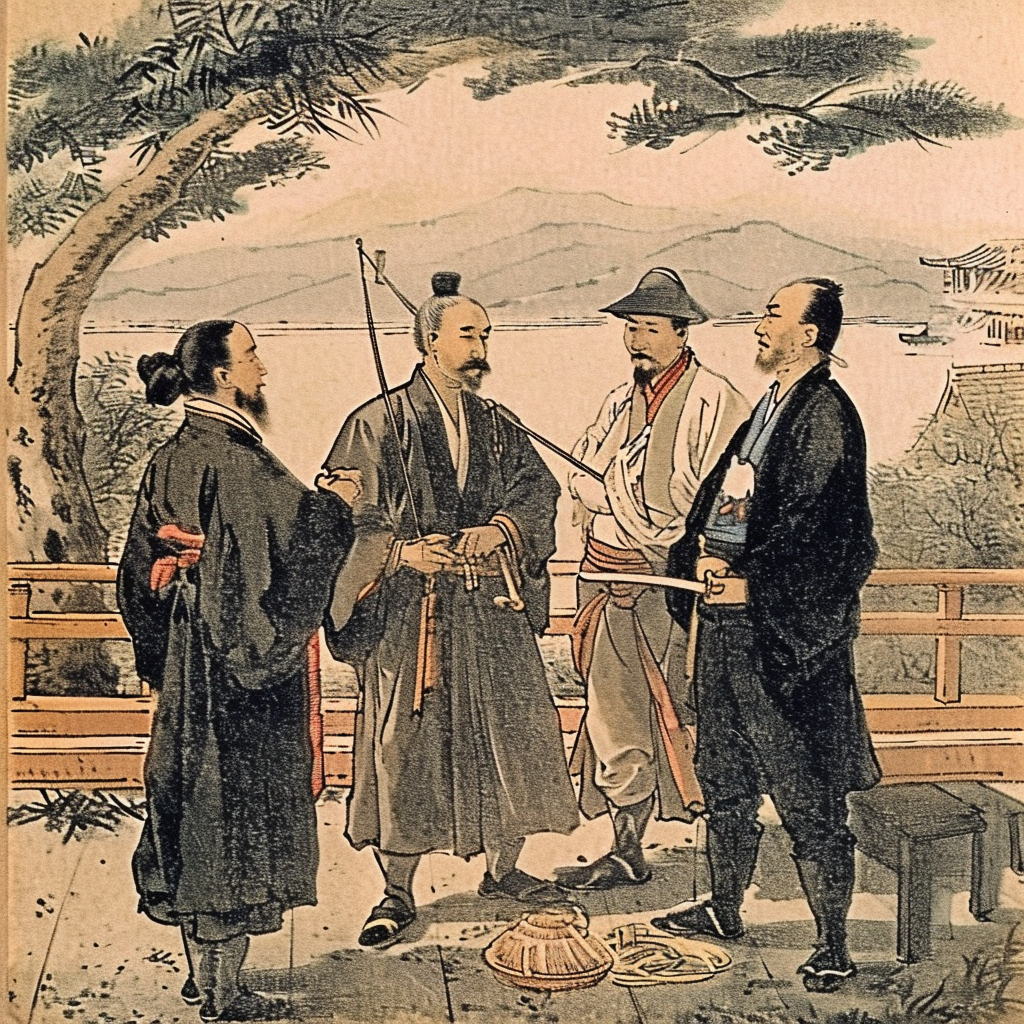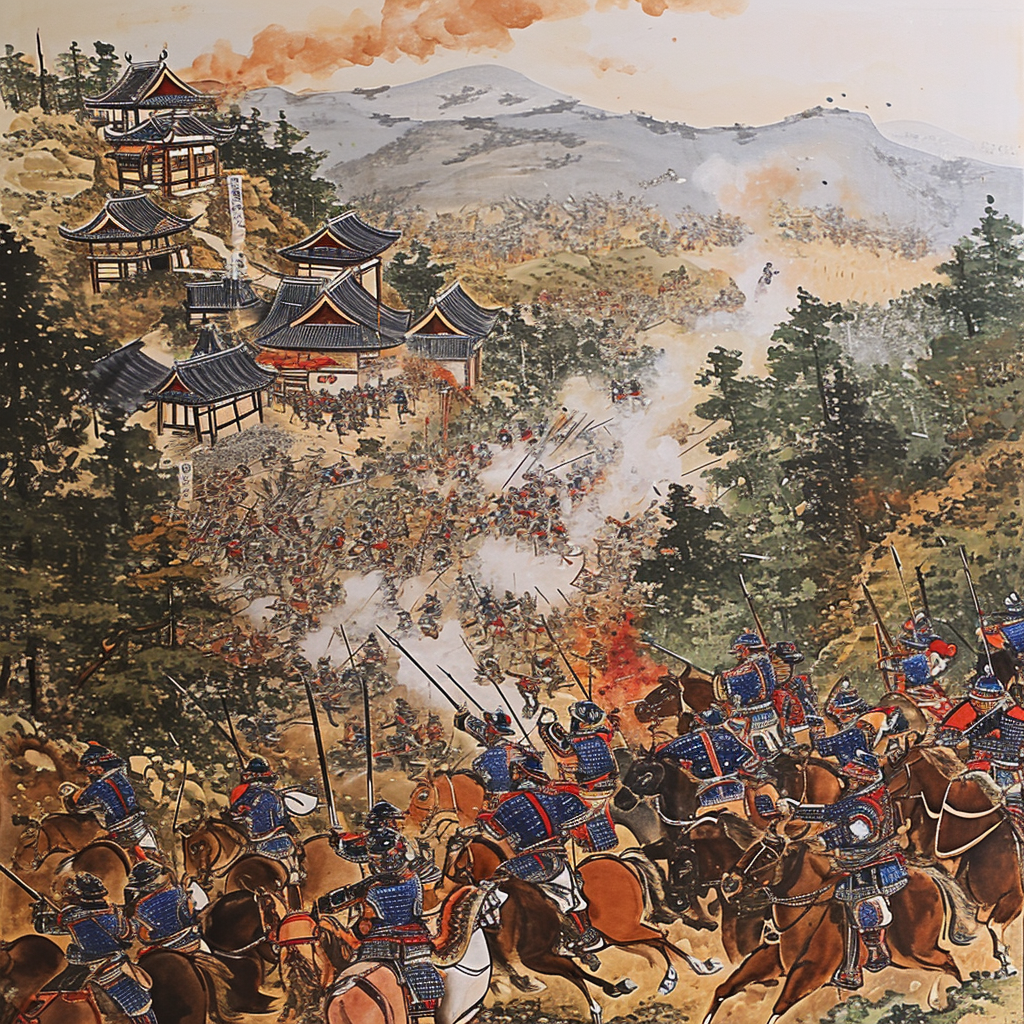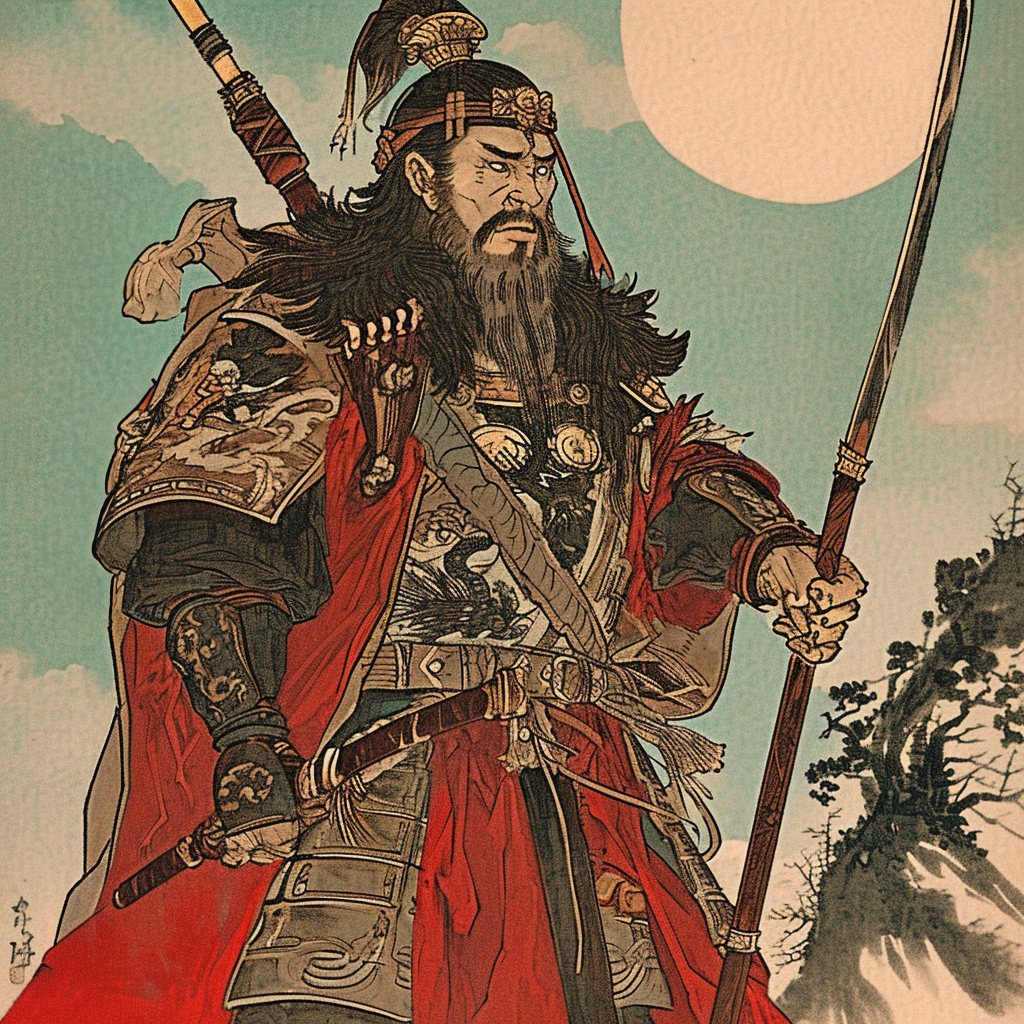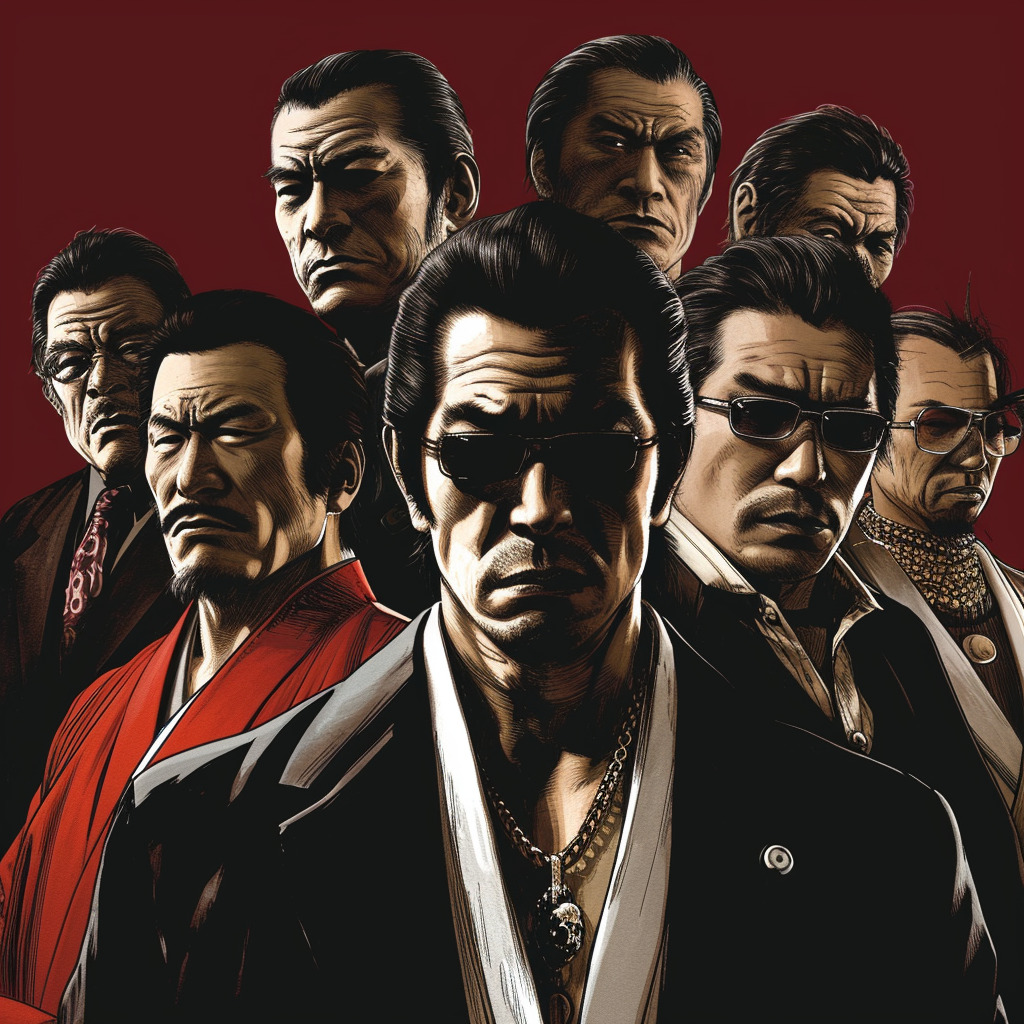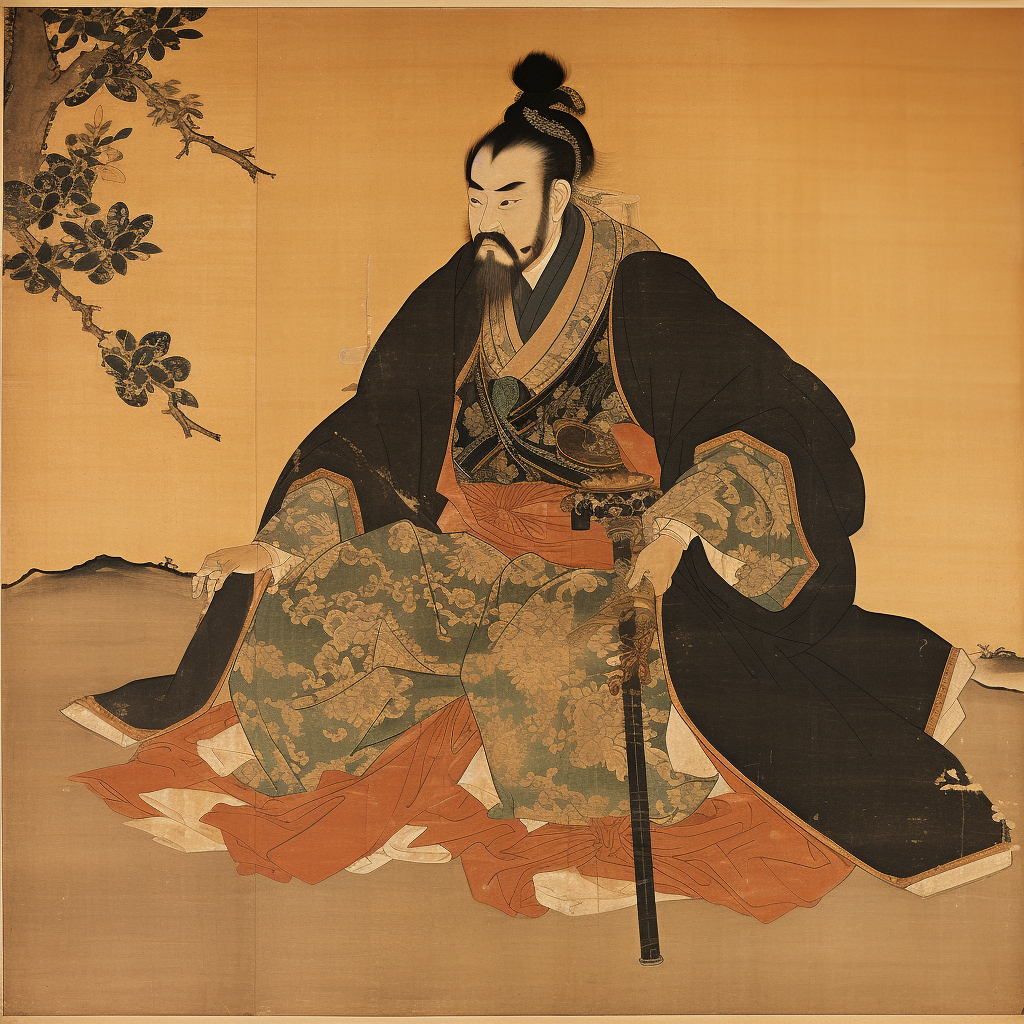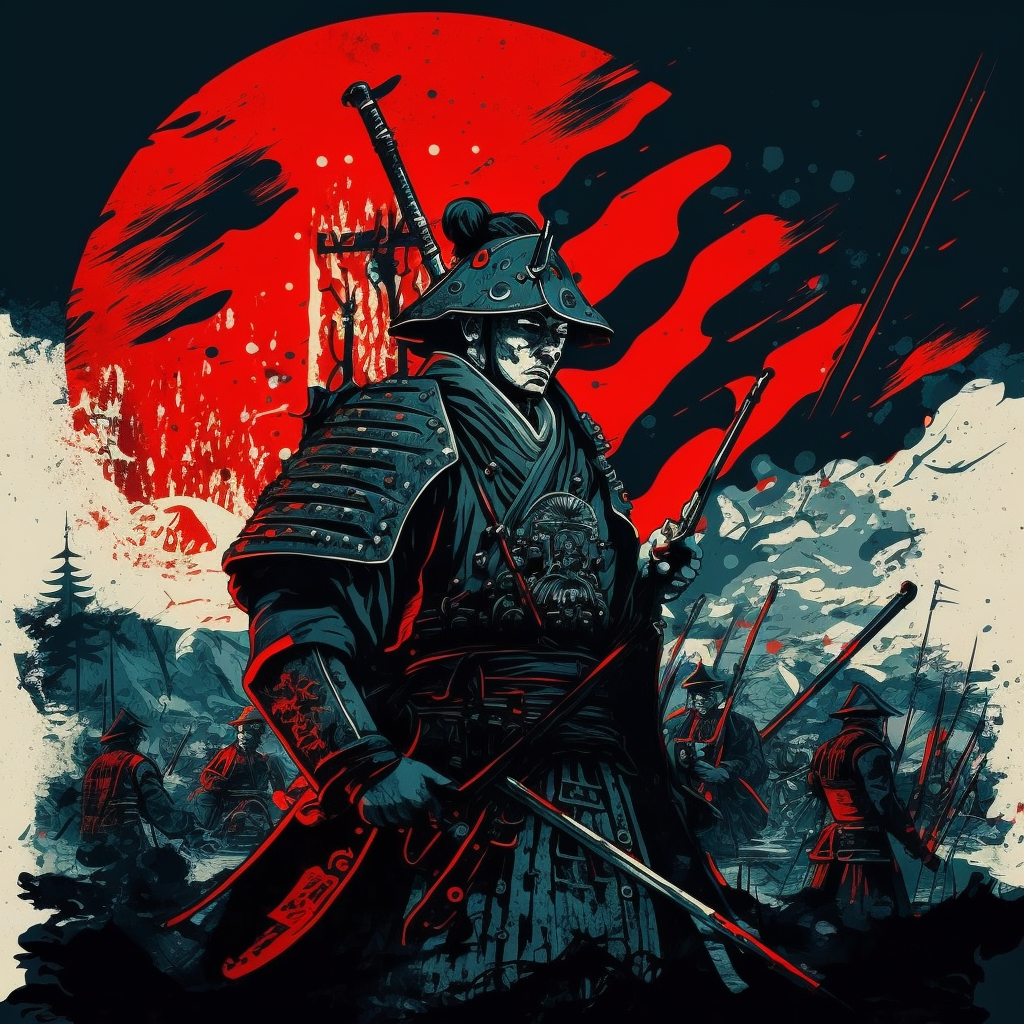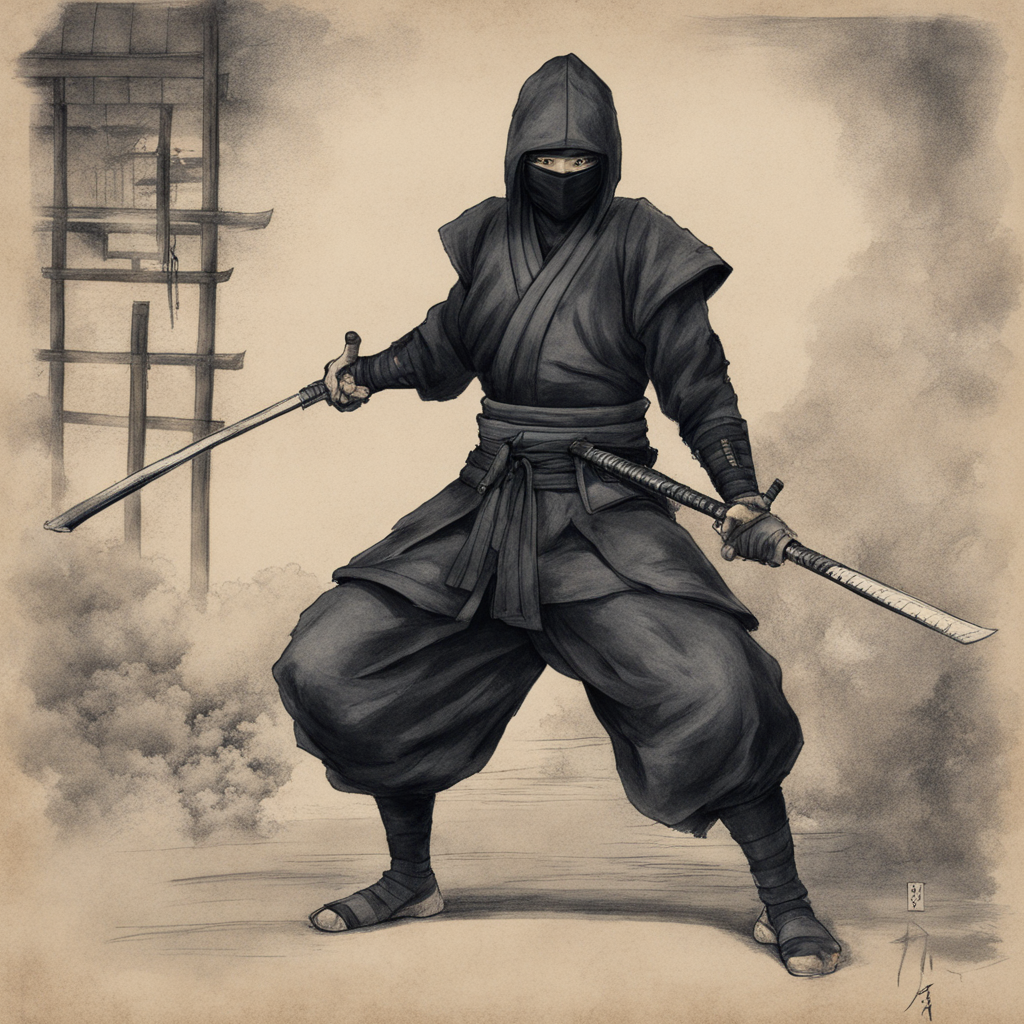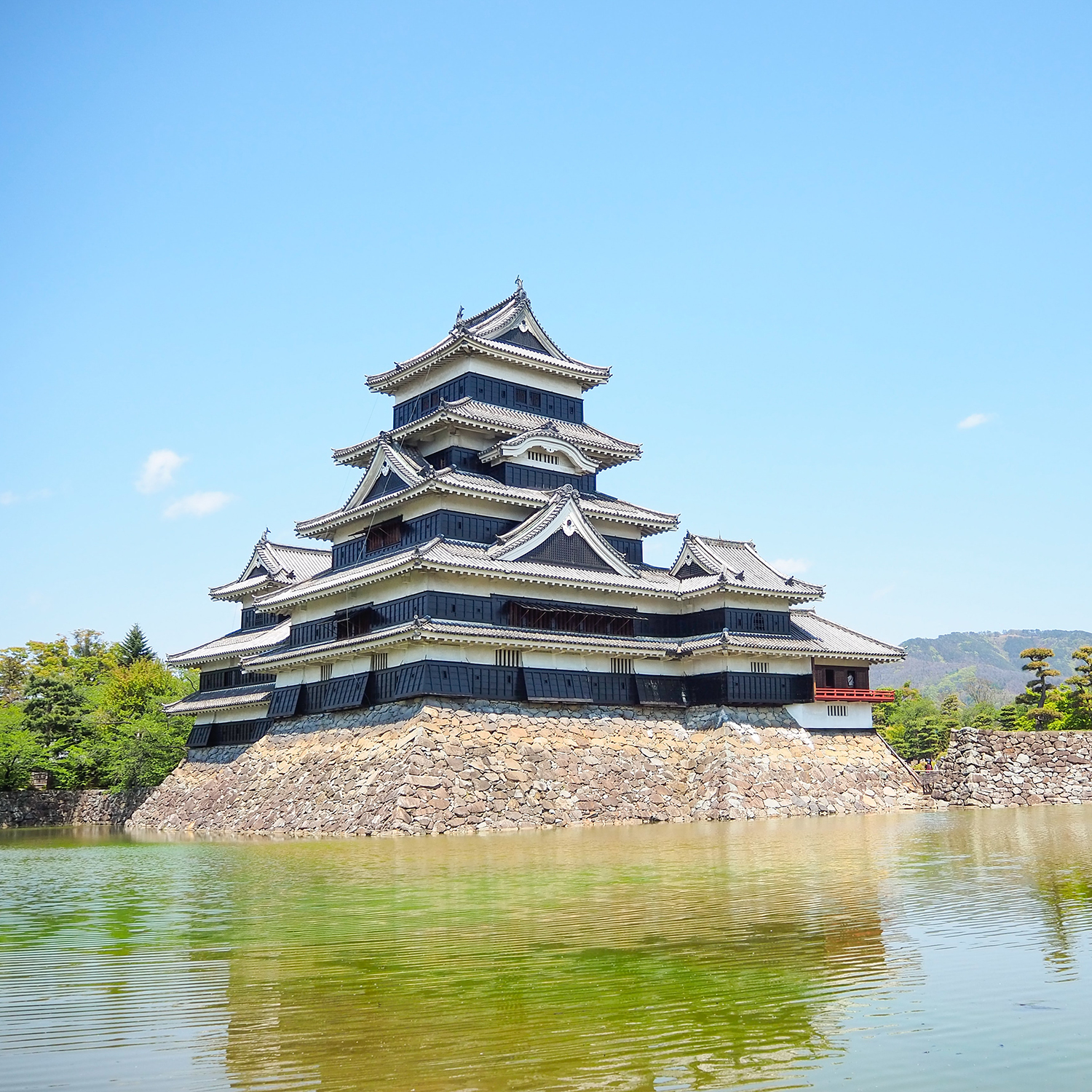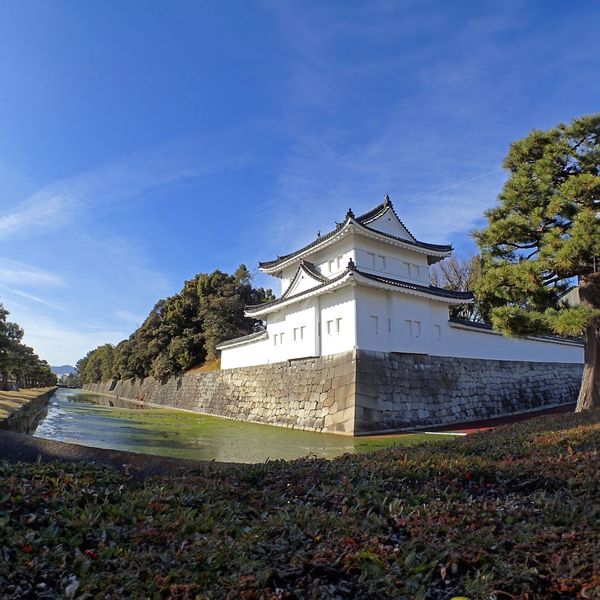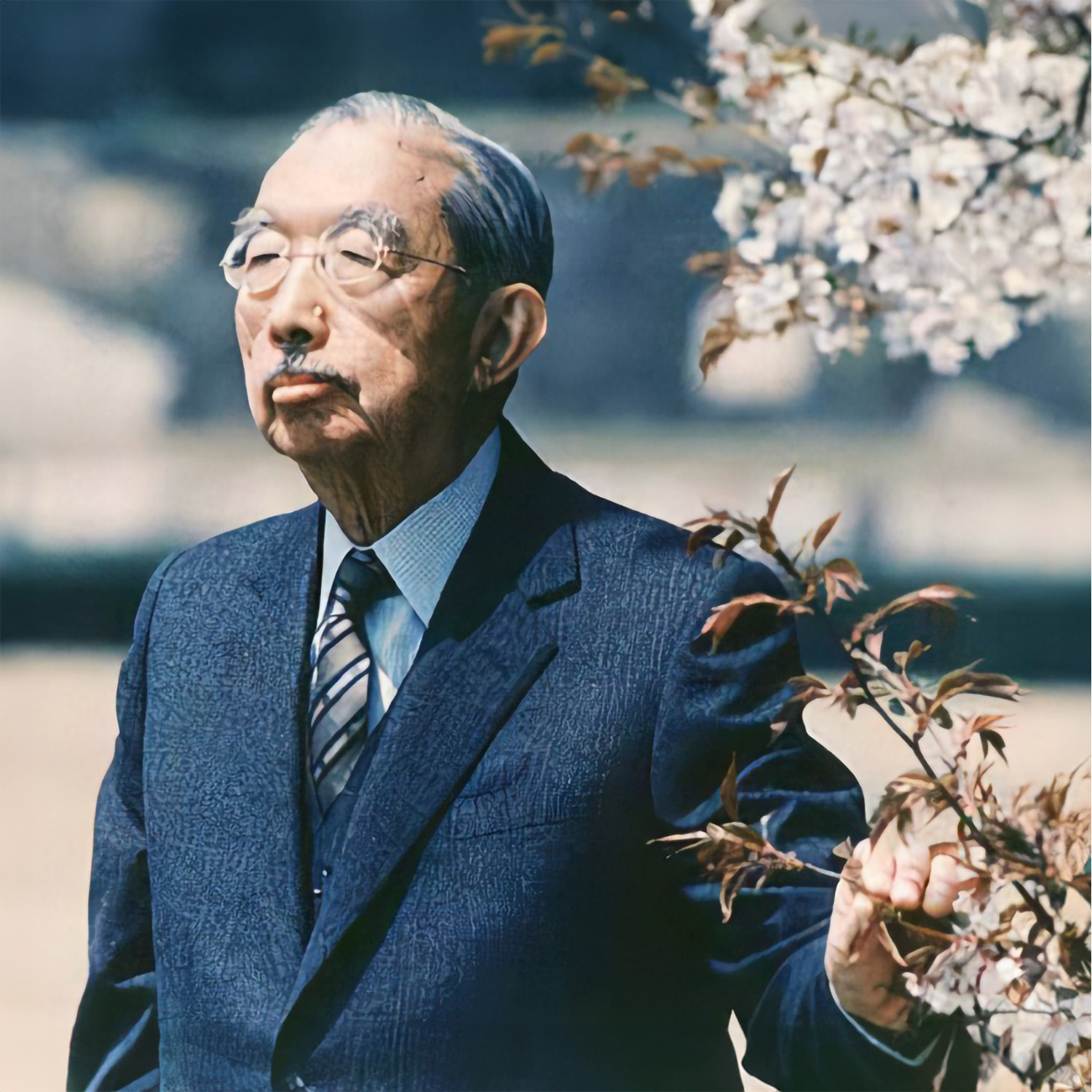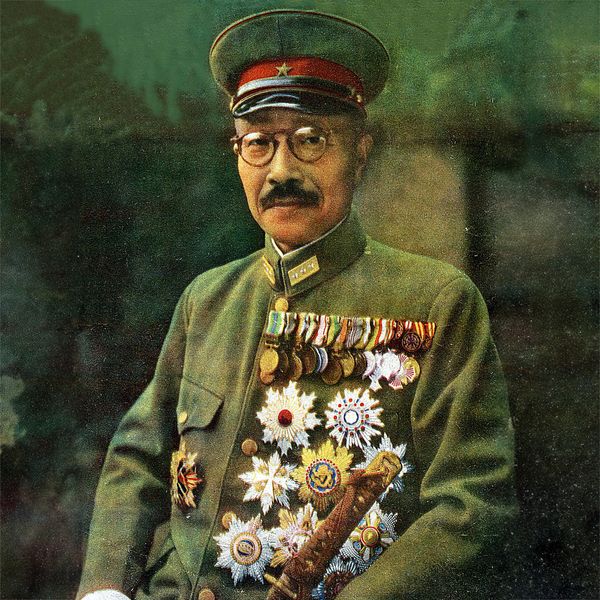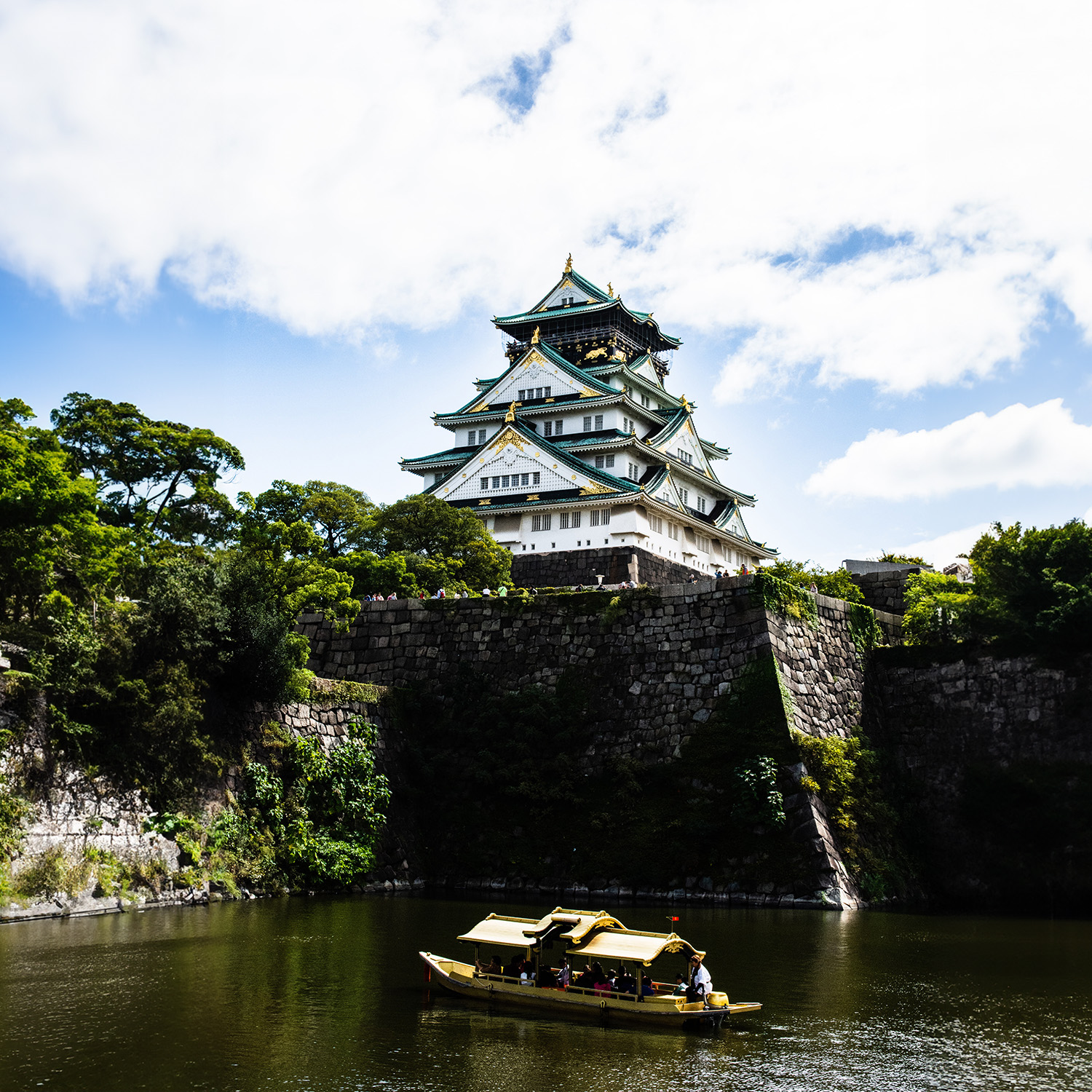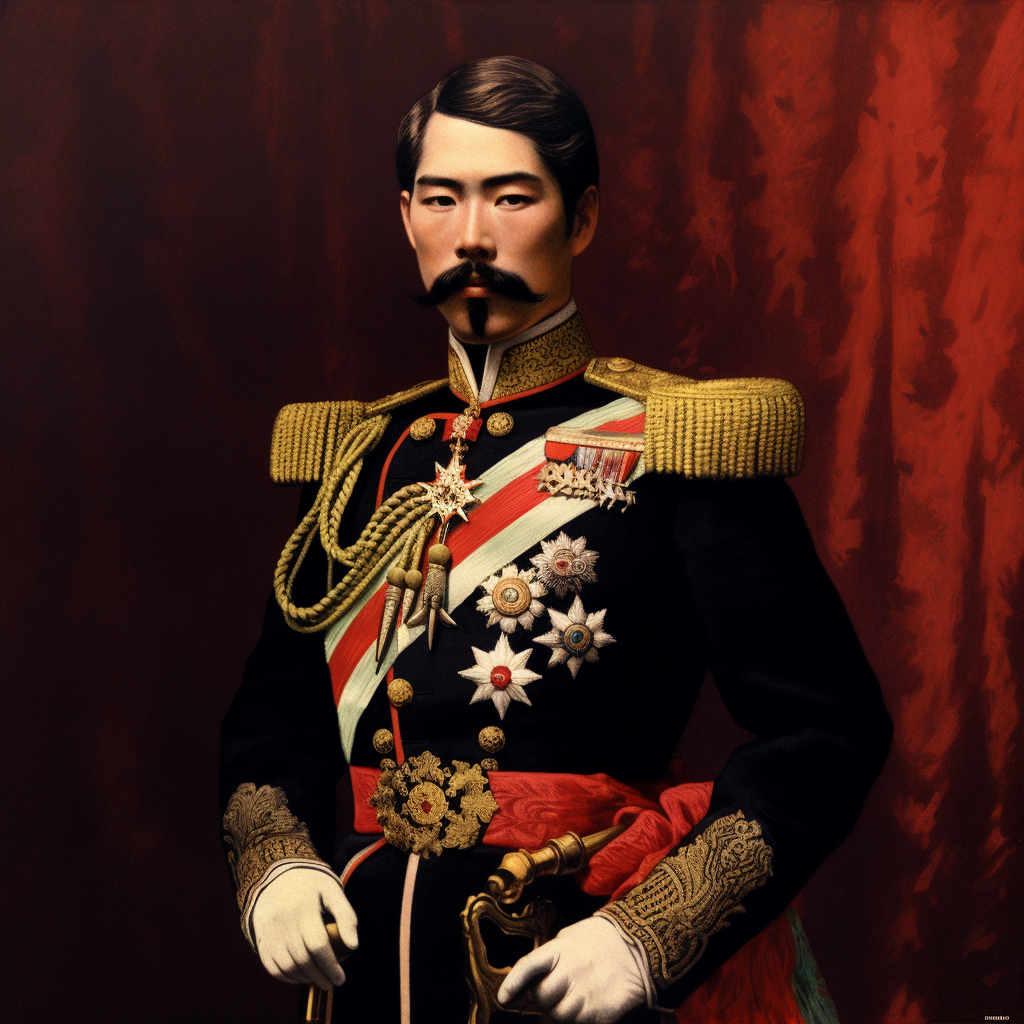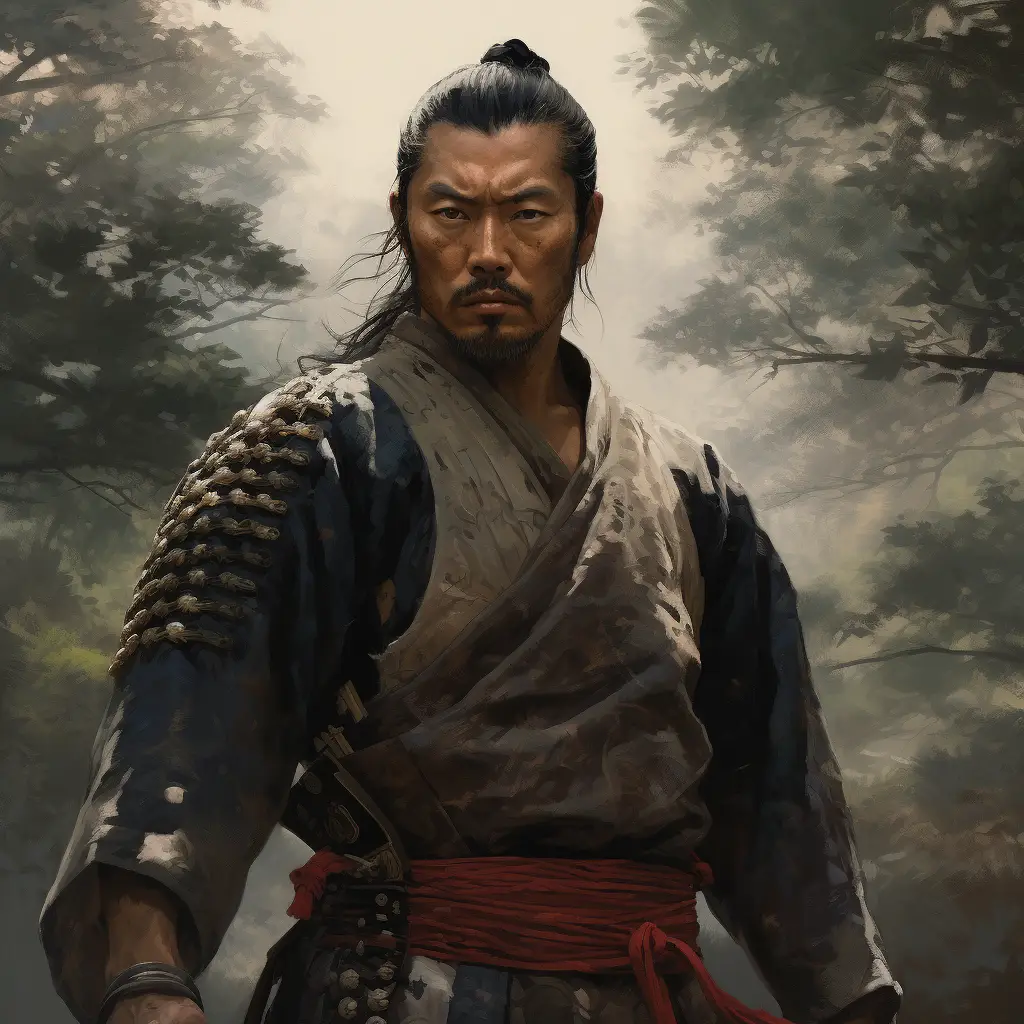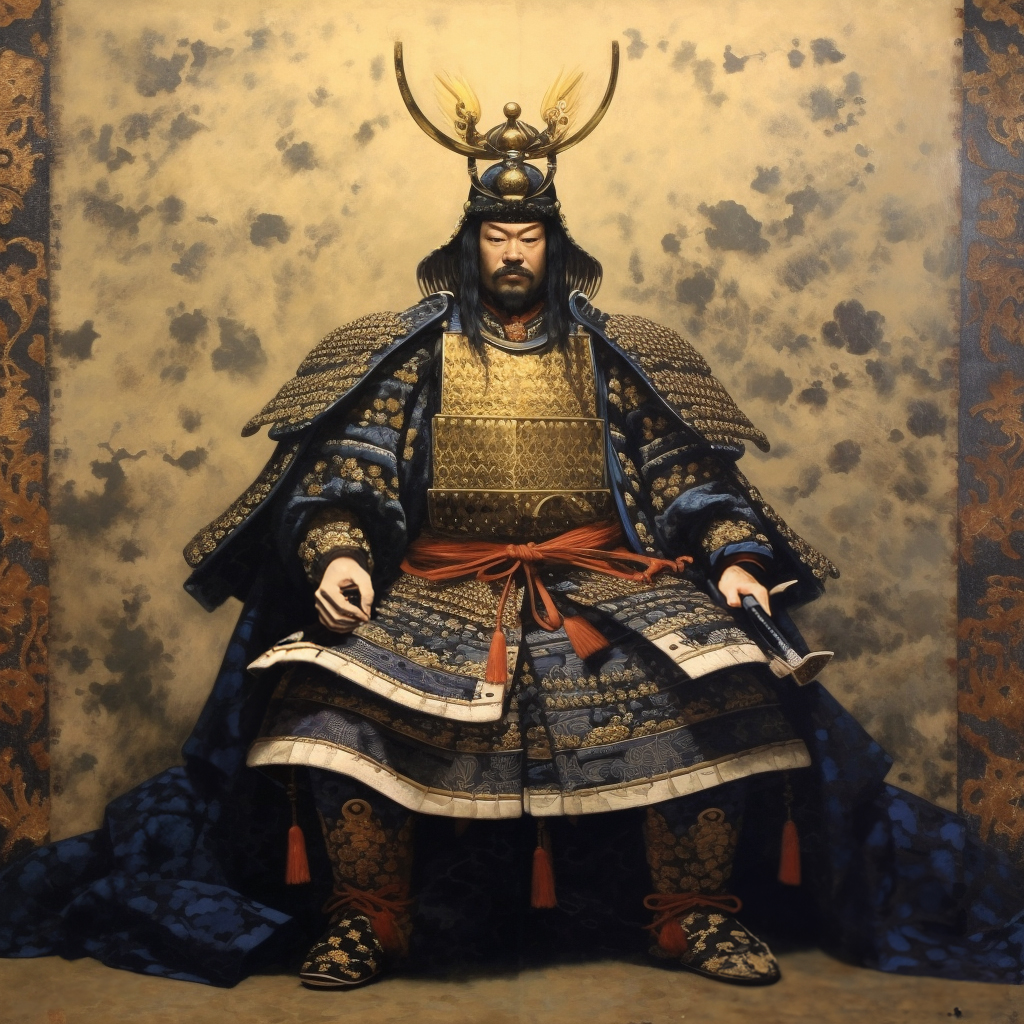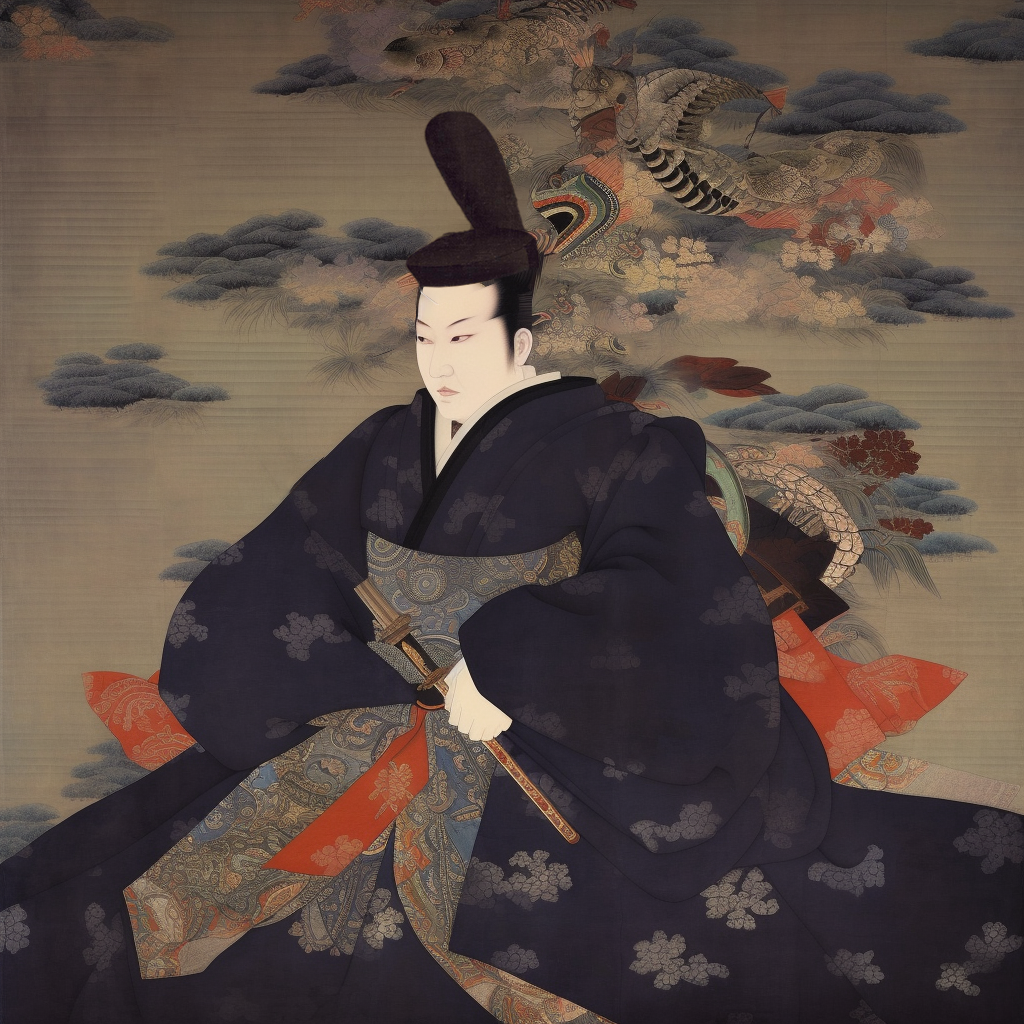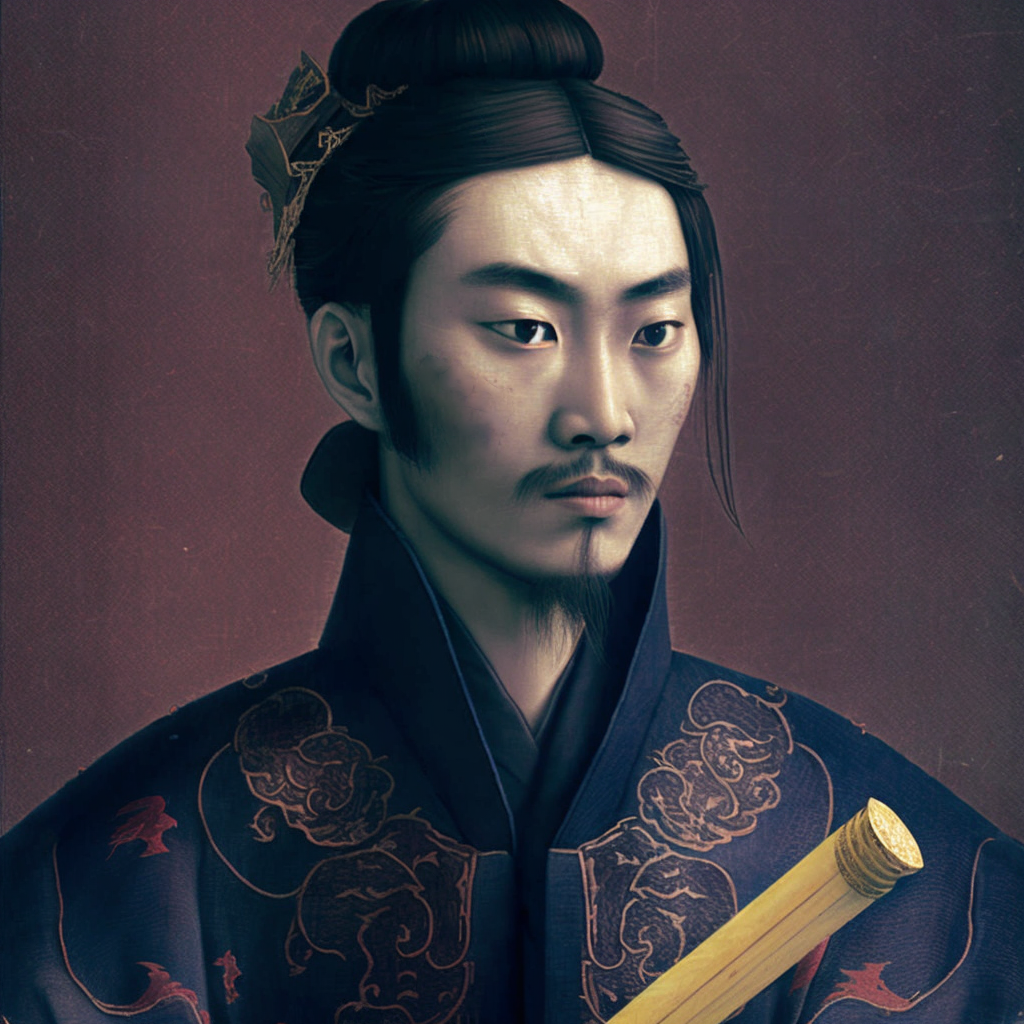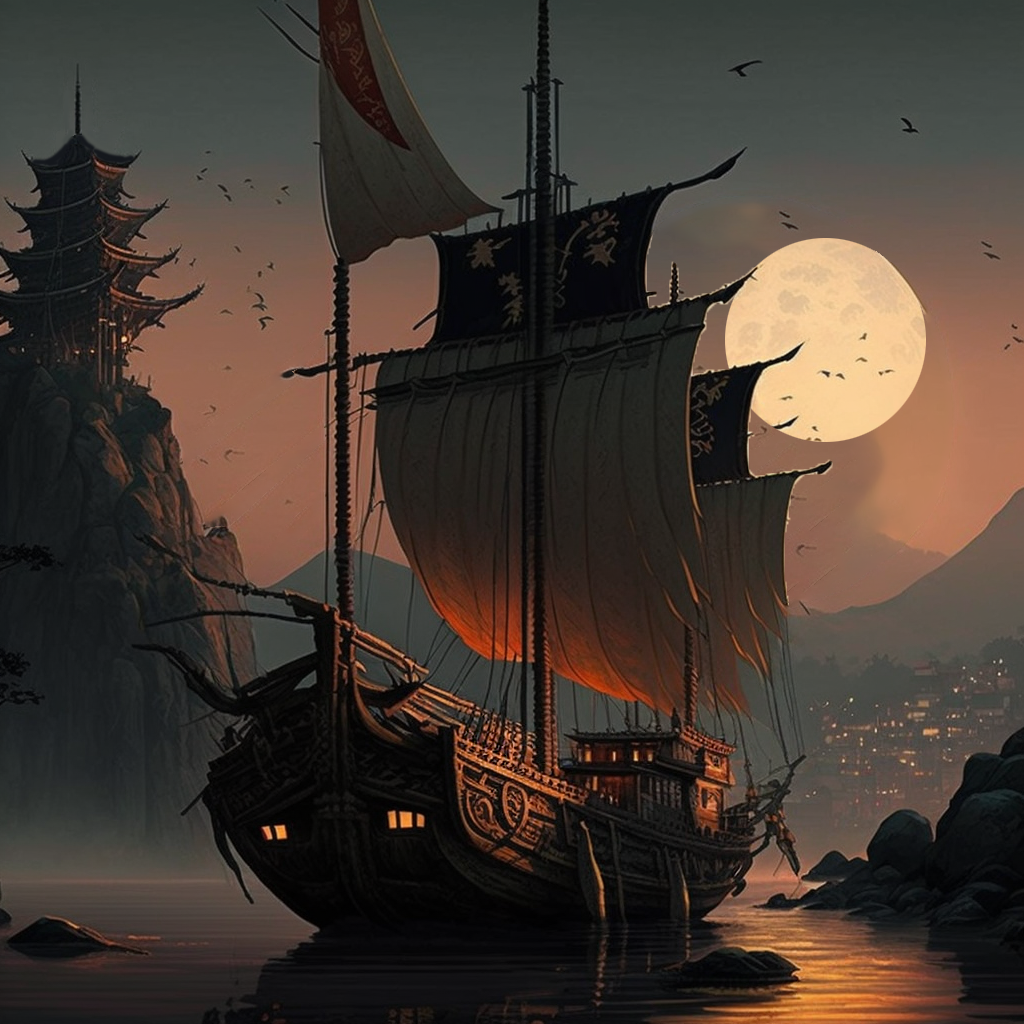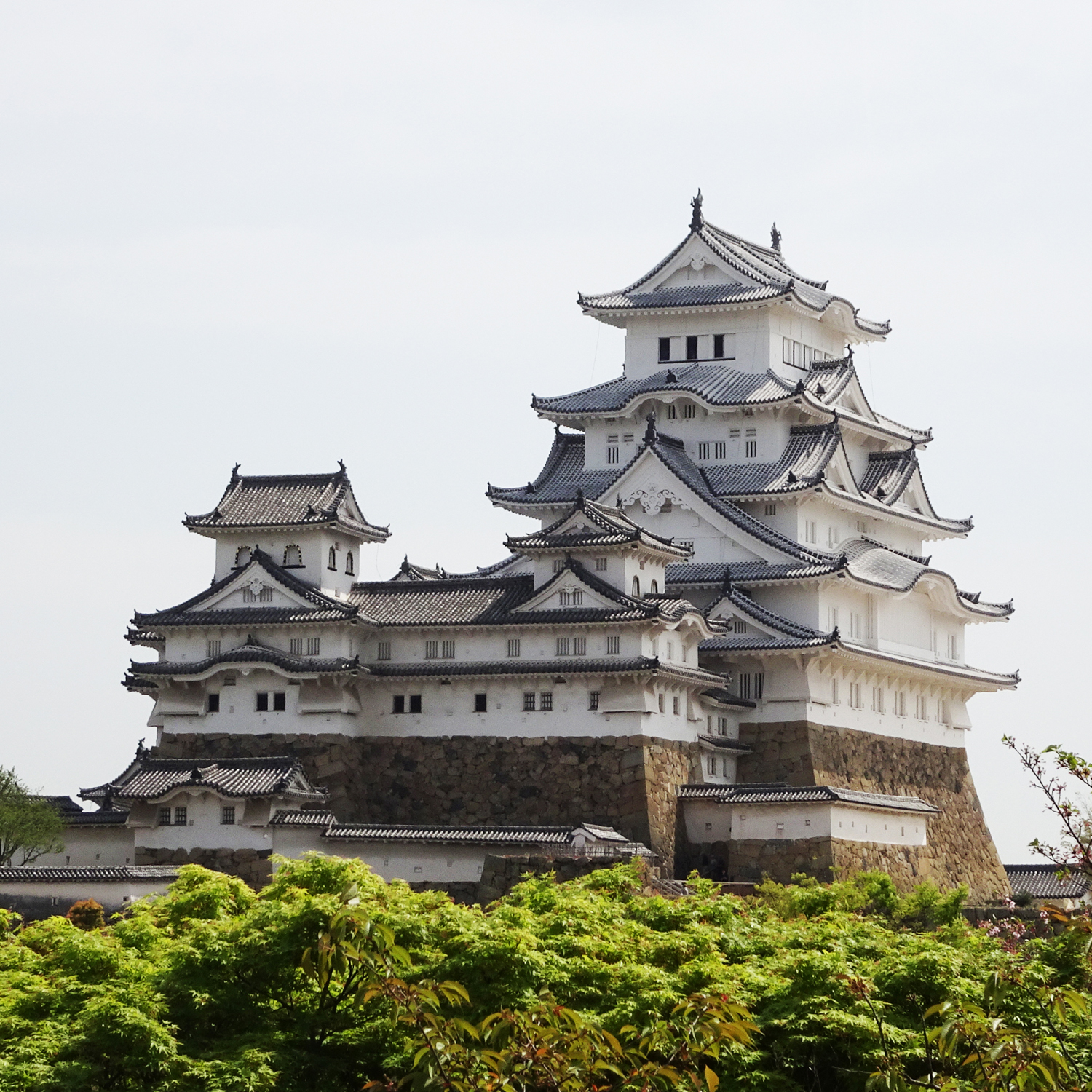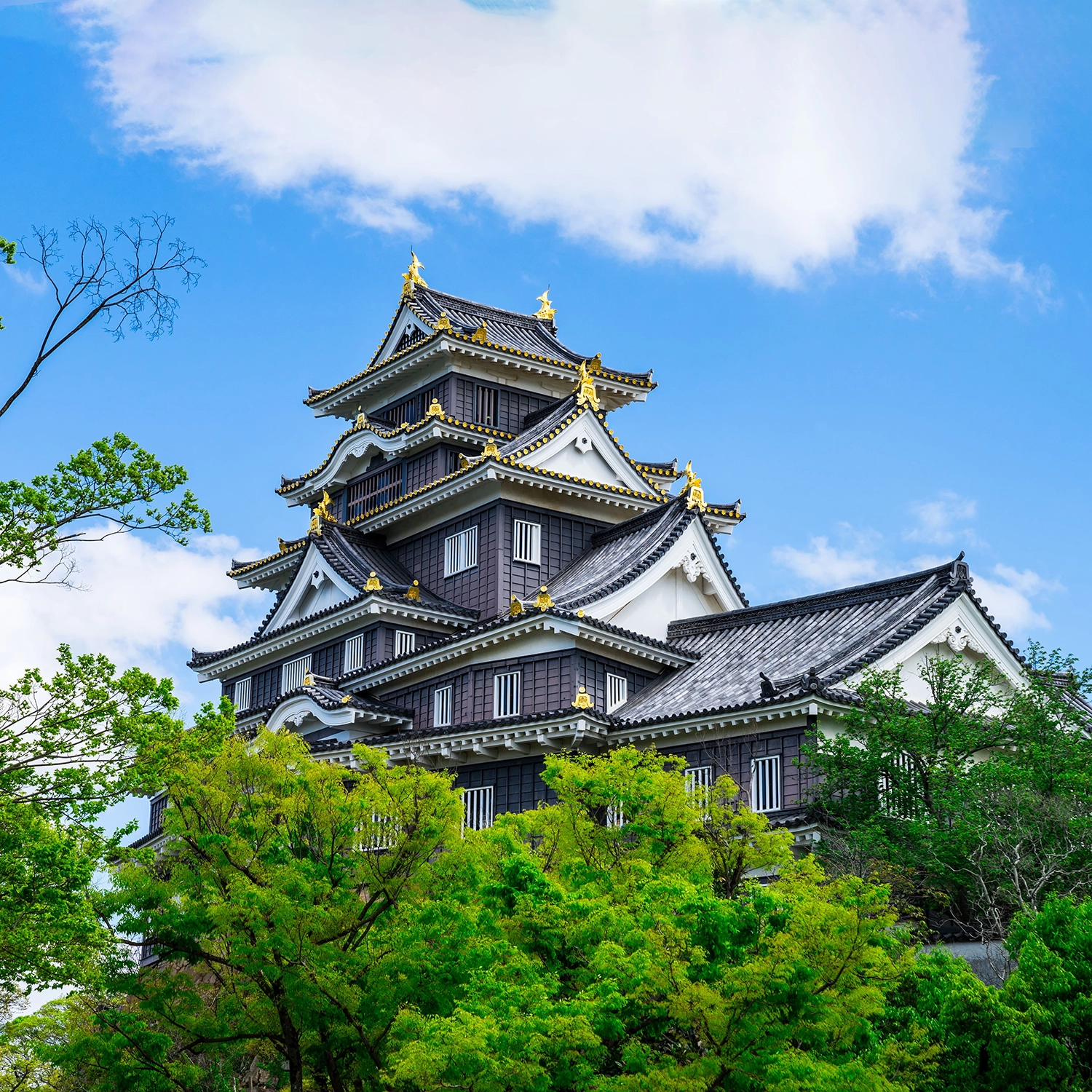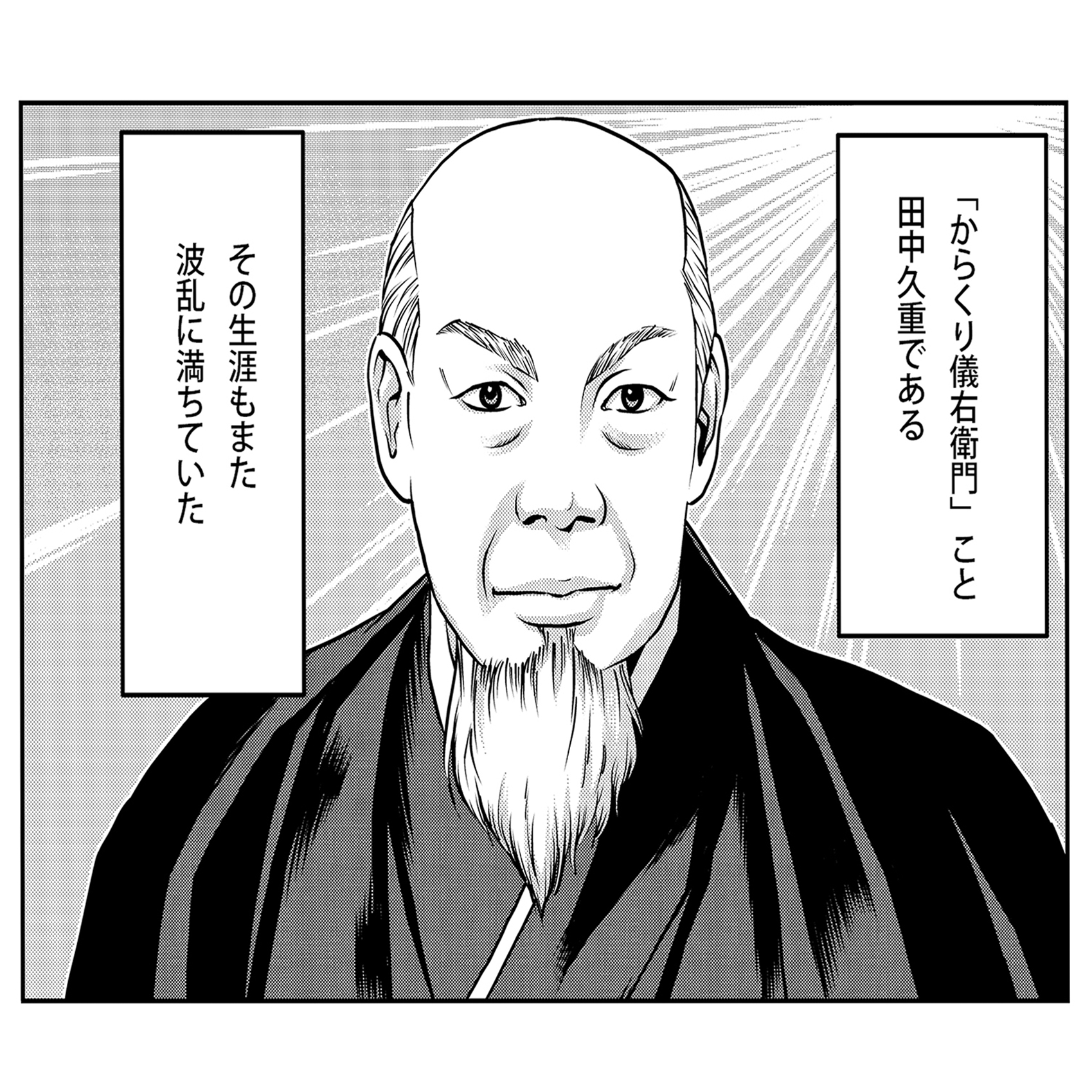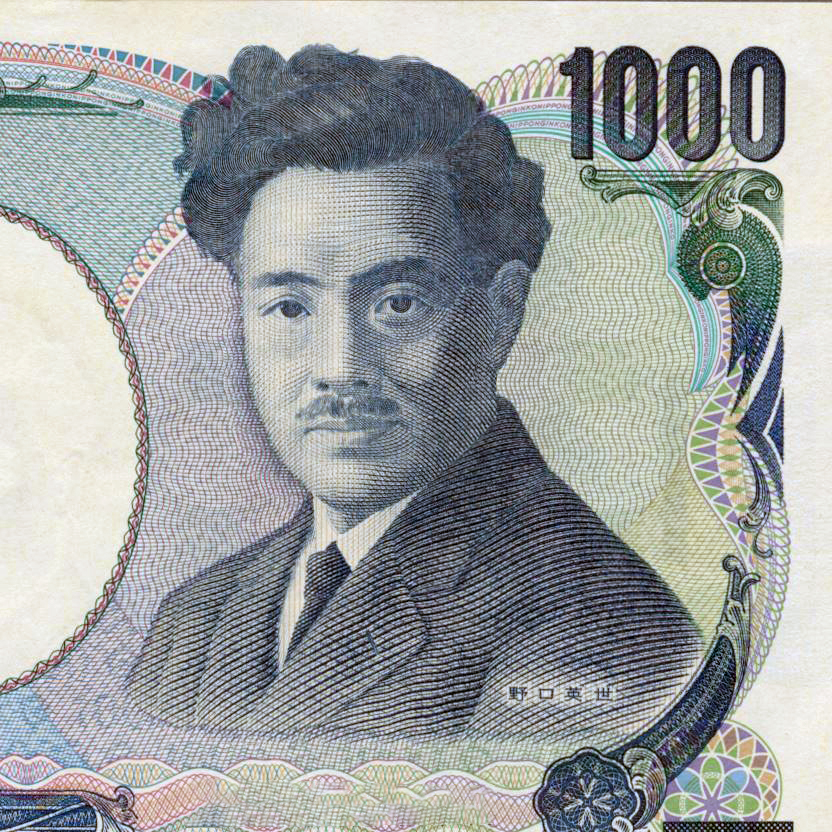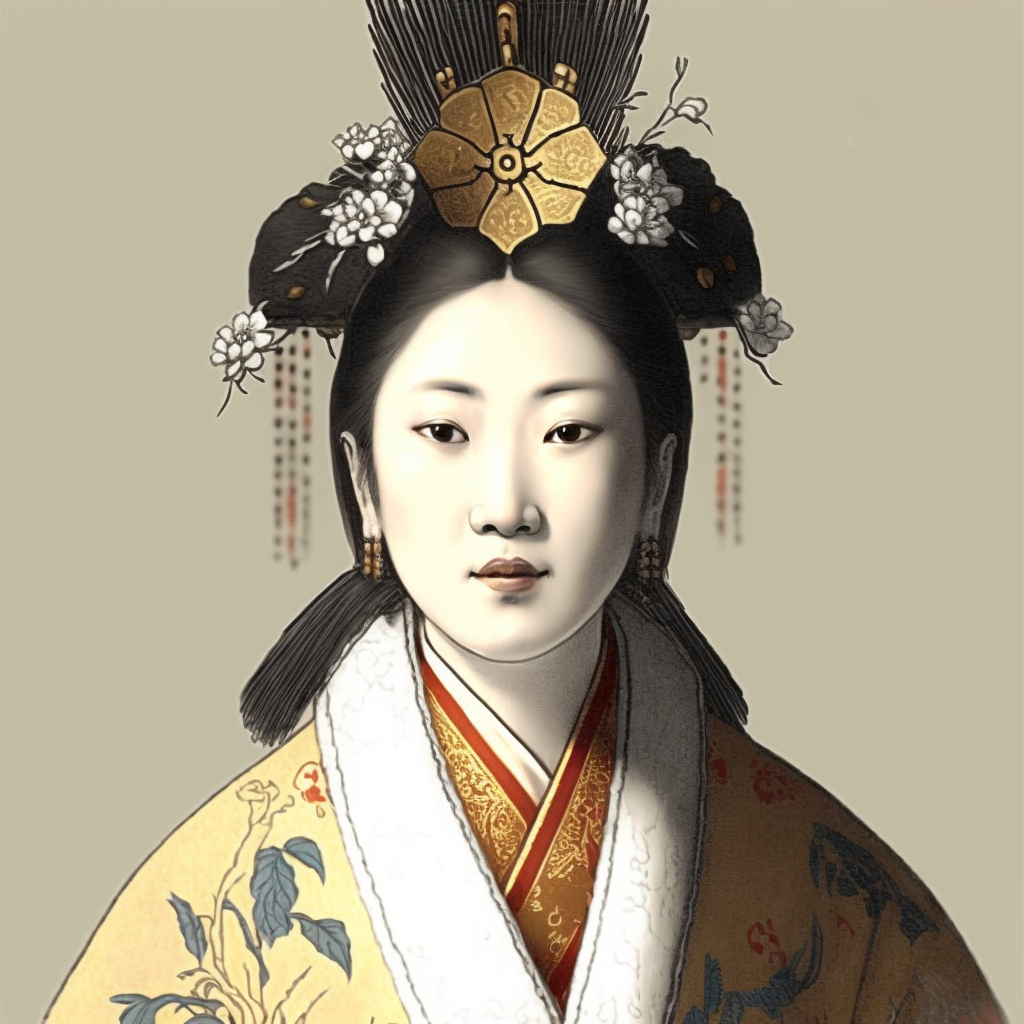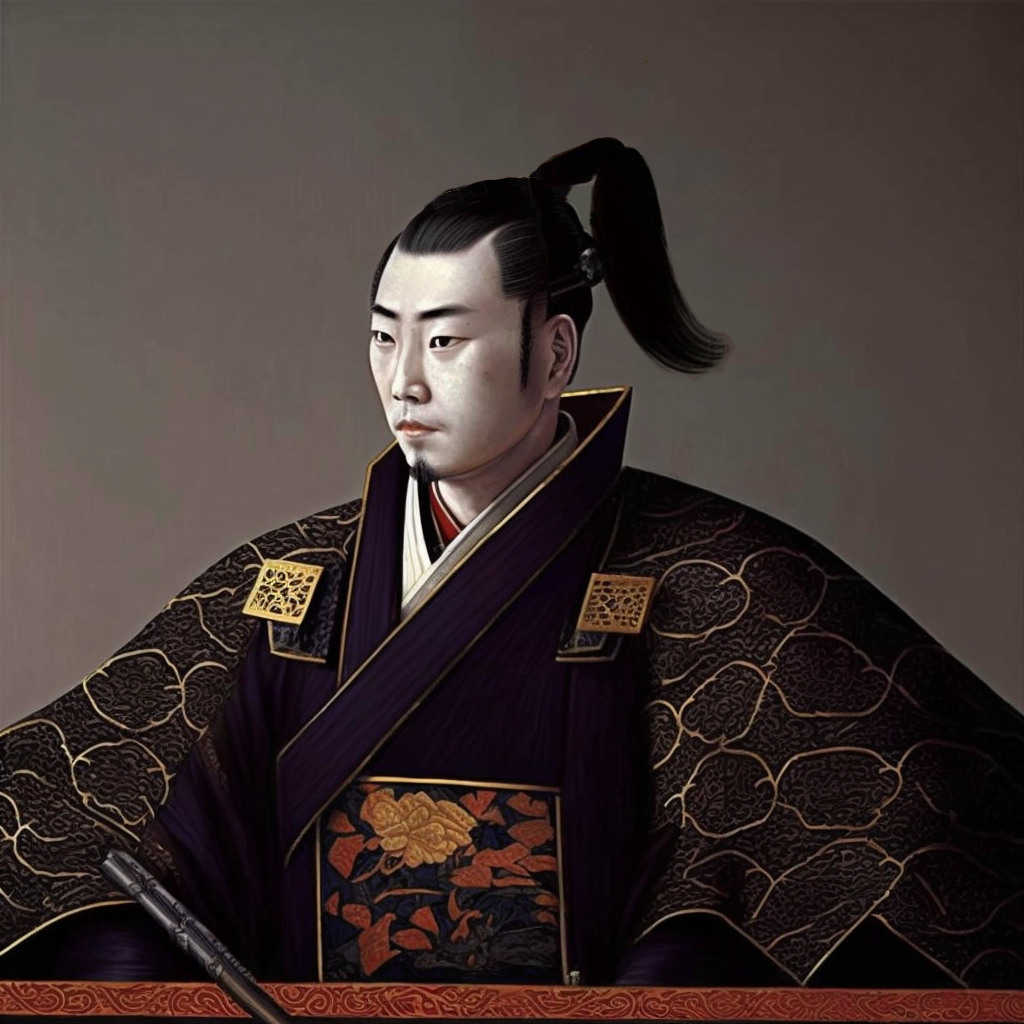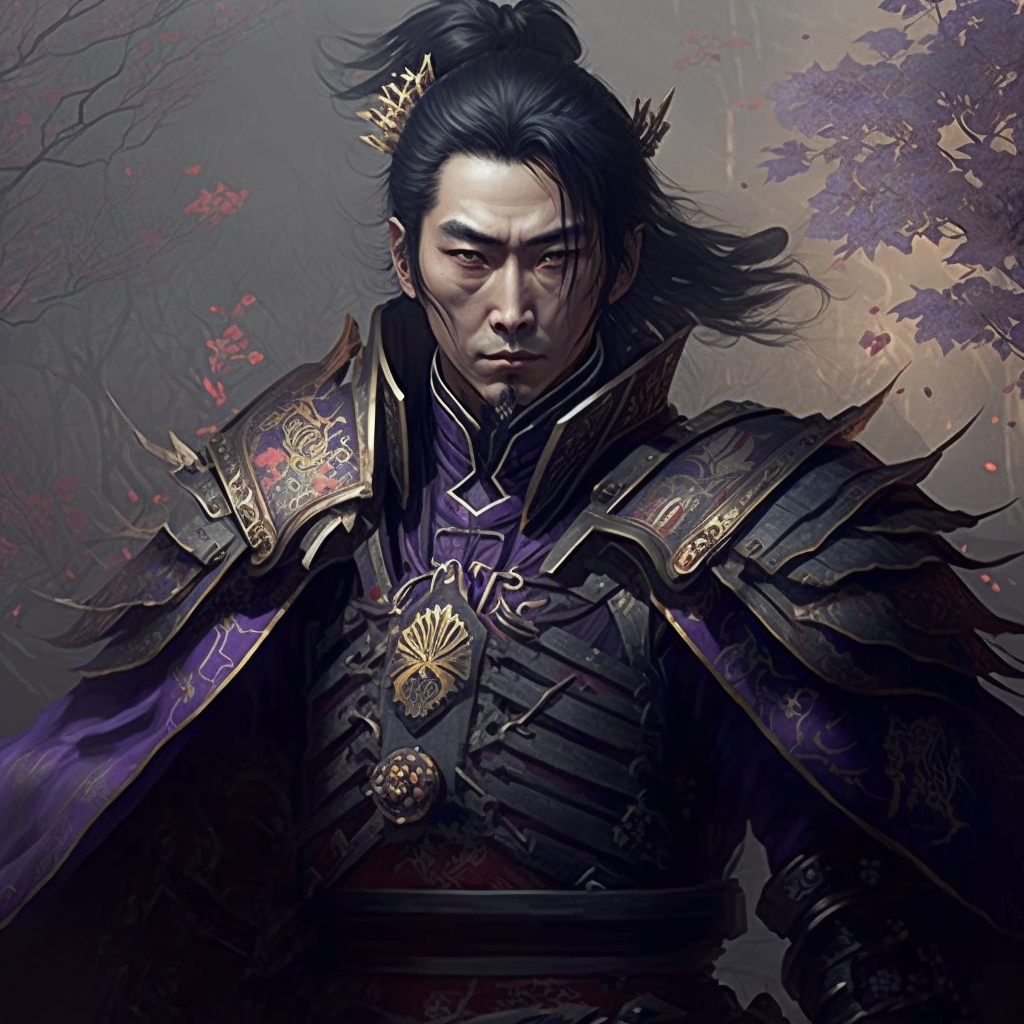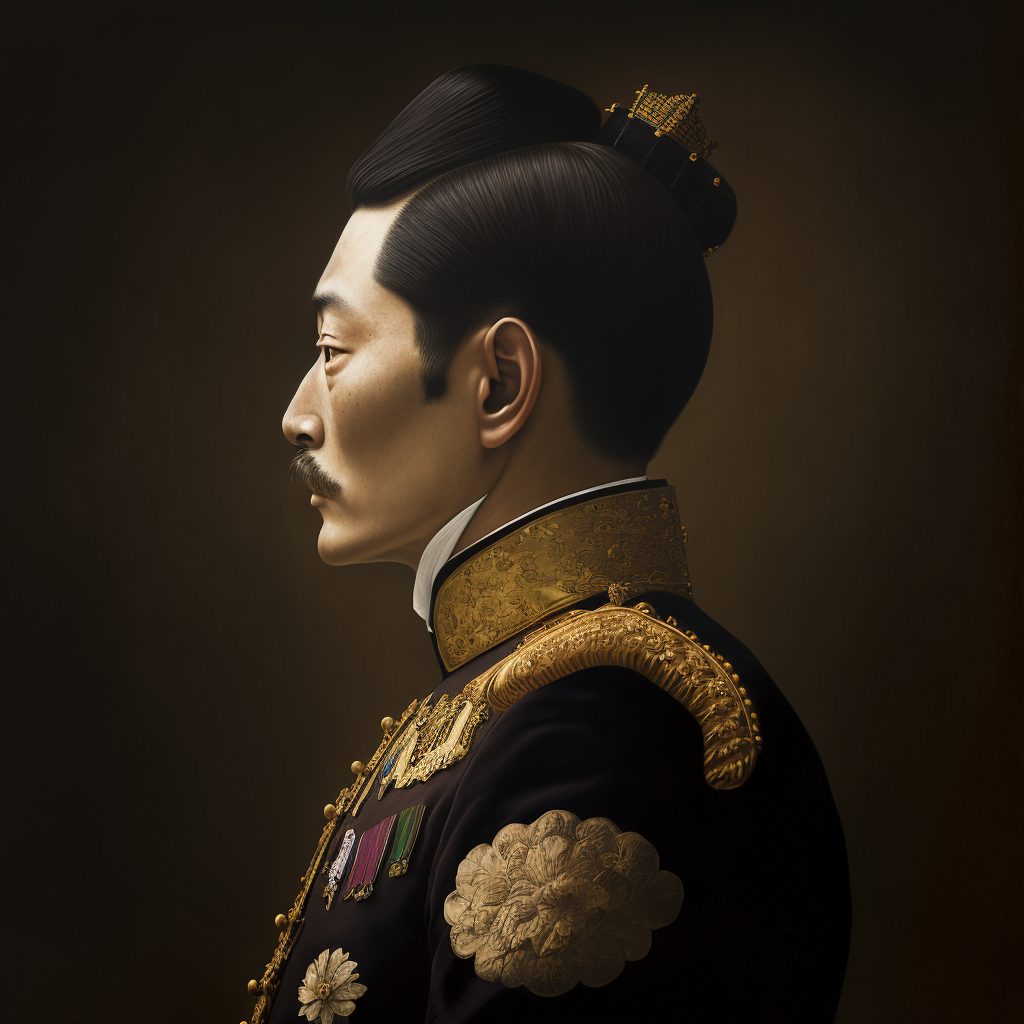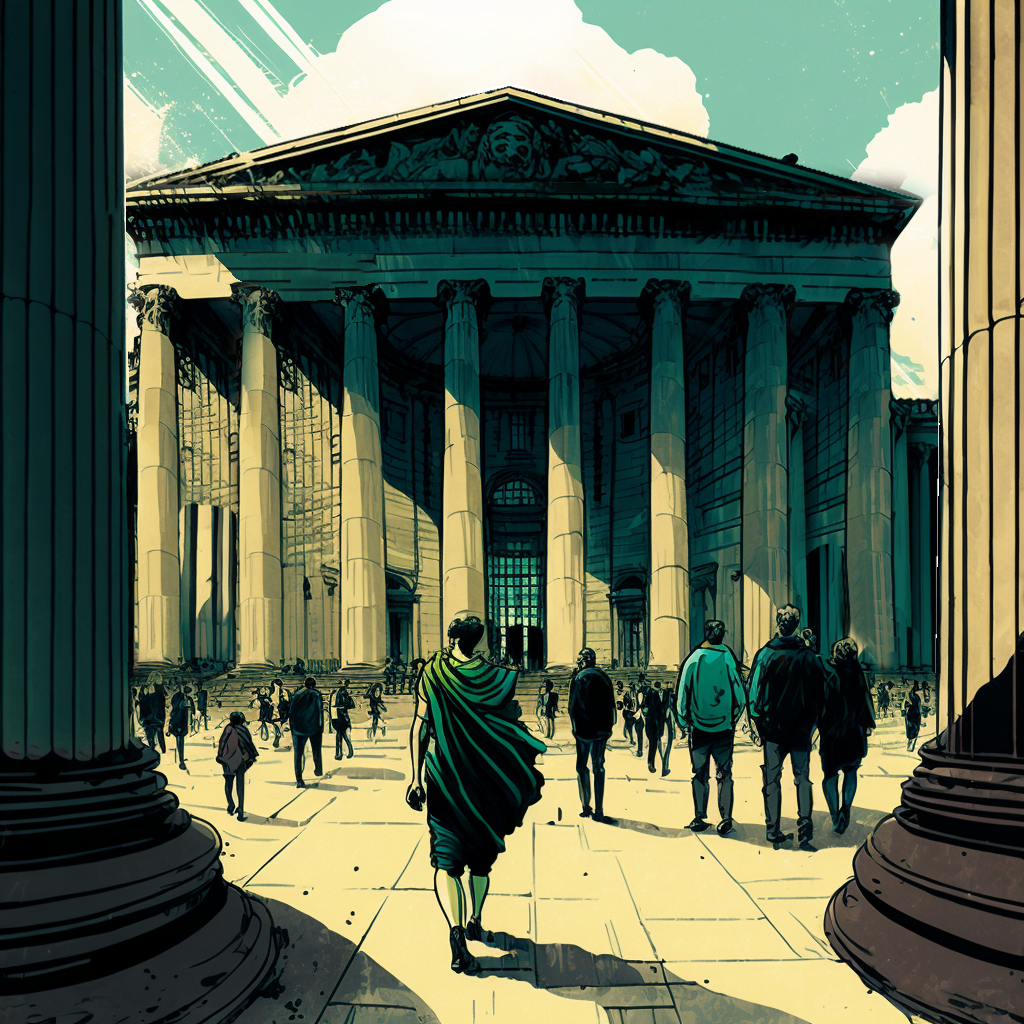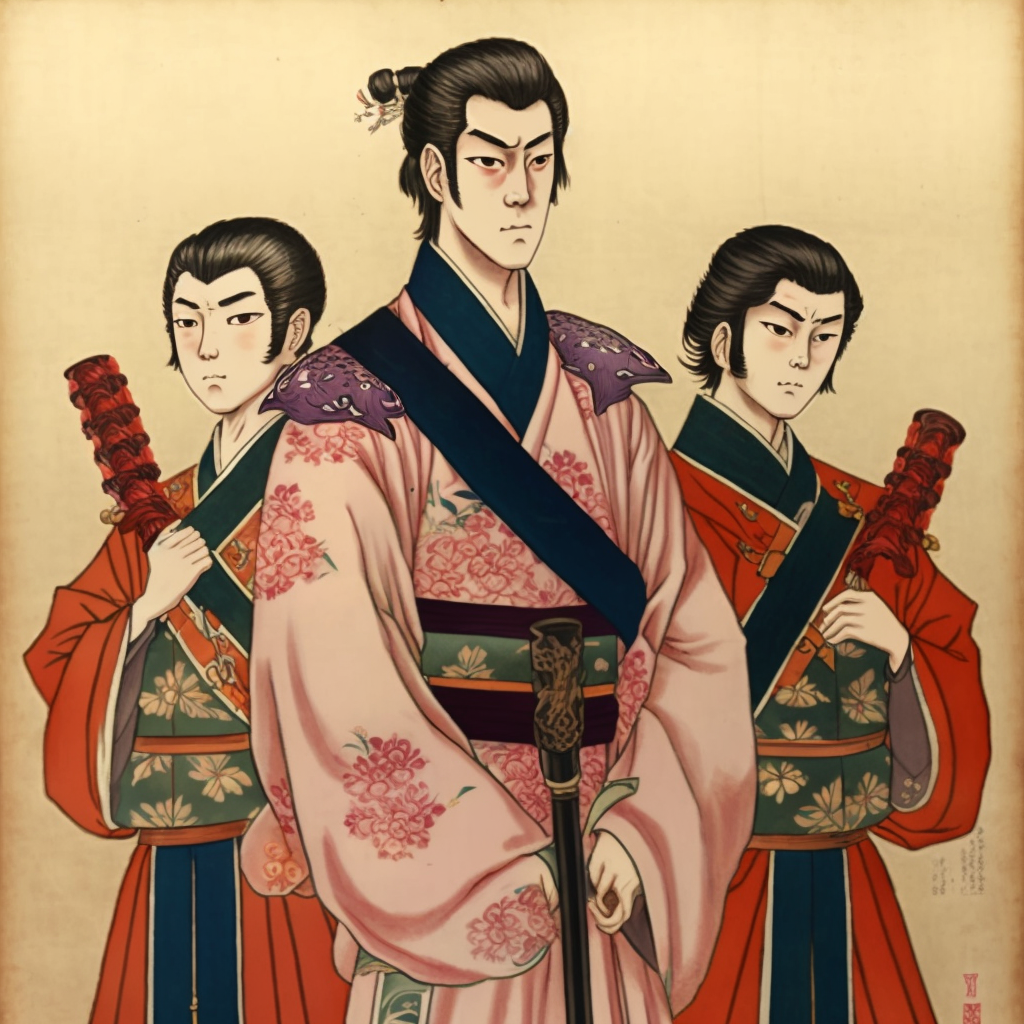The Captivating History of Japan: From Ancient Origins to the Modern Era
Japan, a captivating archipelago nestled in the east of the Asian continent, is full of a rich and complex history that spans millennia. From its mysterious beginnings to its imperial eras, Japan has shaped its destiny in fascinating ways, marked by periods of war, peace and unique cultural innovations.
Ancient Beginnings :
The first traces of civilization in Japan date back more than 10,000 years. The Jomon, a prehistoric culture, left behind artistic pottery, testifying to the beginnings of sedentary life. The Bronze Age saw the emergence of the Yayoi, bringing with them rice cultivation and a more structured social hierarchy.
Yamato Era and Shintoism :
The Yamato Era (250-710) marked the beginning of the centralized Japanese state. The first emperors, considered descendants of the gods, consolidated their power. Shinto, an indigenous religion, took root, shaping Japanese spirituality and leaving a lasting impact on culture and politics.
Heian Period and Classical Culture :
The Heian Period (794-1185) saw the flourishing of Japanese classical culture. The imperial court flourished in Kyoto, giving rise to classic literature such as “The Tale of Genji.” However, this era was also marked by internal conflicts and the development of the feudal system.
Samurai, Shoguns, and Sengoku Period :
The rise of the samurai in the 12th century brought a new era of warfare. The Sengoku Period (1467-1603) was marked by fierce conflicts between rival feudal lords. Tokugawa Ieyasu’s consolidation of power established stability and marked the beginning of the Edo Period.
Isolationism and Reclusion :
Under the Tokugawa shogunate, Japan isolated itself from the outside world for more than two centuries (1603-1868). This period of isolationism saw the rise of domestic trade, but also limited foreign influence. However, the forced arrival of Commodore Perry in 1853 broke this isolation.
Meiji Era and Modernization :
The Meiji Era (1868-1912) marked a period of rapid modernization. Japan has adopted radical reforms, integrating Western technologies and transforming its economy. This era also saw the emergence of Japan as a world power, with military victories against China and Russia.
Showa era and World War II :
The Showa Era (1926-1989) witnessed the rise of Japanese nationalism and expansionism, culminating in Japan’s participation in World War II. The atomic bombings of Hiroshima and Nagasaki marked the end of the war and the beginning of the Allied occupation.
Heisei Era and Reiwa Era :
The Heisei Era (1989-2019) was characterized by economic prosperity and continued modernization. Imperial succession marked the start of the Reiwa Era in 2019. Today, Japan combines its millennia-old history with a modern society, retaining its traditions while embracing technological innovation.
The history of Japan is a captivating tale of resilience, adaptation and transformation. From the first civilizations to its emergence as a global economic power, Japan has successfully balanced tradition and modernity, leaving an indelible mark on the world. Explore the multiple facets of this historical adventure, where past and present meet harmoniously.
Takeda Shingen: The Legendary Strategist of Medieval Japan
Takeda Shingen was born in Japan in 1521 under the name Takeda Harunobu. He is one of the most famous and feared daimyos (feudal lords)…
Tomoe Gozen: The Female Samurai of the 12th Century
Tomoe Gozen is one of the most legendary figures in Japanese history. She is famous for her role as a female samurai (onna-bugeisha) during the…
Inuyama Castle: A Japanese Historical Treasure
Inuyama Castle, or Inuyama-jo in Japanese, is a true jewel of Japanese heritage. It is nestled in Aichi Prefecture, not far from the city of…
Boshin Sensō: The Boshin War
The Boshin War is also known as the Boshin Sensō. It was a civil conflict that took place in Japan between January 1868 and May…
Japanese Expansionism during the Shōwa Era
Japan’s Shōwa era spanned from 1926 to 1989; Japan marked this period with aggressive expansionism and military conflicts. Under the reign of Emperor Hirohito, Japan…
The Showa Period: Illuminating the History of Japan
The Showa period (“the era of enlightened peace”) extends from 1926 to 1989. It is a key period in Japanese history. This era was marked…
Hattori Hanzo (1542-1596): The Legend of the Loyal Ninja
Hattori Hanzo was born in 1542 in Mikawa Province. He became one of the most famous and respected ninjas in the history of feudal Japan.…
The Sonnō Jōi: Call for Imperial Restoration in Japan
The Sonnō Jōi is a motto that resonates throughout the history of 19th century Japan. It embodies a political and patriotic rallying cry. This phrase,…
The Rangaku: Discovery and Cultural Exchange in Japan
Rangaku, literally “Dutch studies”, was a fascinating period in Japanese history. Indeed, this era was marked by an intense cultural exchange with the Netherlands in…
The Satsuma Rebellion: Epic and Decline of the Samurai
The Satsuma Rebellion, also known as the Saigō Rebellion, was a major historical event that occurred in late 19th century Japan. This rebellion, which broke…
Emperor Jimmu: Founding Myth of Japan
Emperor Jimmu, also known as Kamu Yamato Iware Biko no Mikoto, is an iconic figure in Japanese history. He is considered the first emperor of…
The Yakuza: A Dive into the Heart of the Japanese Underworld
The Yakuza, enigmatic figures of the Japanese underworld, have captured the imagination of the entire world. Between mystery, traditions and criminal activities, this article explores…
Toyotomi Hideyoshi: The Great Unifier of Japan
Toyotomi Hideyoshi, born in 1537 in Japan, remains one of the most significant figures in Japanese history. Raised in the shadow of feudal conflicts, Hideyoshi…
Oda Nobunaga (1534-1582): The Visionary Warrior Redefining Feudal Japan
Oda Nobunaga, born in 1534 in Owari Province, Japan, remains one of the most significant figures in feudal Japanese history. Known for his strategic vision,…
Ninjas: Warriors of Shadow
Ninjas, also known as shinobi, are iconic figures in Japanese history. They have played a crucial role in the country’s culture and history as shadow…
Matsumoto Castle: a historical treasure of Japan
Matsumoto Castle is one of the most beautiful castles in Japan and is often called “the black crow” because of its dark color and unique shape. Located in the city of Matsumoto, Nagano Prefecture, this castle was built in the 16th century and has played an important role in Japanese history.
Nijo Castle (Nijo-jo) – A Historical Treasure in the Heart of Kyoto
Nijo Castle, or Nijo-jo in Japanese, is a historic gem located in the heart of the city of Kyoto, the former capital of Japan. Built…
Emperor Hirohito: His Reign and Legacy
Emperor Hirohito, also known as Emperor Showa, played a pivotal role in Japanese history during the 20th century. His reign was marked by events of…
Hideki Tojo: Biography, Key Role in World War II
Hideki Tojo remains a prominent figure in Japanese and world history, best known for his leading role in World War II. This article explores in…
the Top 10 of the best medieval castles in Japan
Travel back in time through Japan’s history as you explore the country’s ten most iconic medieval castles. These majestic structures, symbols of Japan’s glorious past,…
The Meiji Emperor (1852-1912): The Renaissance of Modern Japan
Emperor Meiji, also known as Mutsuhito, was the 122nd Emperor of Japan, reigning from 1867 to 1912. His reign marked a pivotal period in Japanese…
Saigo Takamori (1828-1877): The Last Samurai of the Meiji era
Saigo Takamori, born in 1828 in Satsuma Province, was an iconic Japanese samurai of the Meiji era. Known for his dedication to the ideal of…
The Hiroshima Bomb: A Devastating Tragedy That Made History
The Hiroshima bombing is a tragic event that took place on August 6, 1945, during World War II. This atomic bomb, dropped by the United…
Tokugawa Ieyasu (1543-1616): The Founder of the Tokugawa Dynasty in Japan
Tokugawa Ieyasu, born in 1543, is an emblematic figure in Japanese history. He is known to have been the founder and first shogun of the…
Yoritomo Minamoto: An influential pioneer of the samurai era
Yoritomo Minamoto, born in Japan in 1147, is an iconic figure in Japanese history and a pioneer who left his mark on the samurai era.…
Shōtoku: The key figure of Japan’s Asuka Period
Prince Shōtoku (聖徳太子, Shōtoku Taishi): a key figure of Japan’s Asuka Period Prince Shōtoku, born February 7, 574 in Nara and died April 8, 622,…
The Sakoku period: When Japan was isolated from the world.
The Sakoku period is one of the most fascinating periods in Japanese history. This period, which lasted from 1633 to 1853, is characterized by a…
Himeji Castle: a jewel of Japanese feudal architecture
Himeji Castle, also known as White Heron Castle because of its pure white color, is one of the architectural gems of Japan. Located in Himeji…
Okayama-jo: the castle of the “Black Raven
Okayama Castle is a Japanese castle located in Okayama City, Okayama Prefecture, Japan. It is also known as U-jo, the “Black Crow” because of its…
Tanaka Hisashige: a Japanese craftsman and inventor
Tanaka Hisashige was born in Kurume, Chikugo Province (now Fukuoka Prefecture), as the eldest child of a turtle-shell craftsman. He was an apprentice from an…
Hideyo Noguchi: the discoverer of the agent of syphilis
Hideyo Noguchi (野口 英世) was a Japanese physician and scientist born November 9, 1876. Noguchi is known for his contributions to syphilis research and also…
THE NARA ERA (710-794)
The Nara period is an important chapter in Japanese history, which took place between 710 and 794. It was a period of great political stability…
THE EDO PERIOD: The Tokugawa Shogunate 1603-1867
After the battle of Sekigahara (1600 ), Tokugawa Ieyasu who succeeded Hideyoshi took the old title of Shogun, after having defeated his last opponents. He…
THE MUROMACHI PERIOD
THE MUROMACHI PERIOD (1333-1573) The Muromachi period is a period of Japanese history that took place between the years 1336 and 1573. It is named…
THE TAISHO PERIOD (1912-1926)
THE TAISHO PERIOD (1912-1926) On the death of Emperor Meiji in 1912, power passed to his son, Yoshihito, who reigned under the name of Taisho.…
Japanese history at the British Museum
If you have the opportunity to visit London and want to immerse yourself in the world of Japan, take a trip to the British Museum!…
The Yamato Empire (300-710)
Around 300 CE, the start of the Yamato Empire (300-710) Protohistoric Period (300-710): During this period, local tribes united under the centralized power of the…

